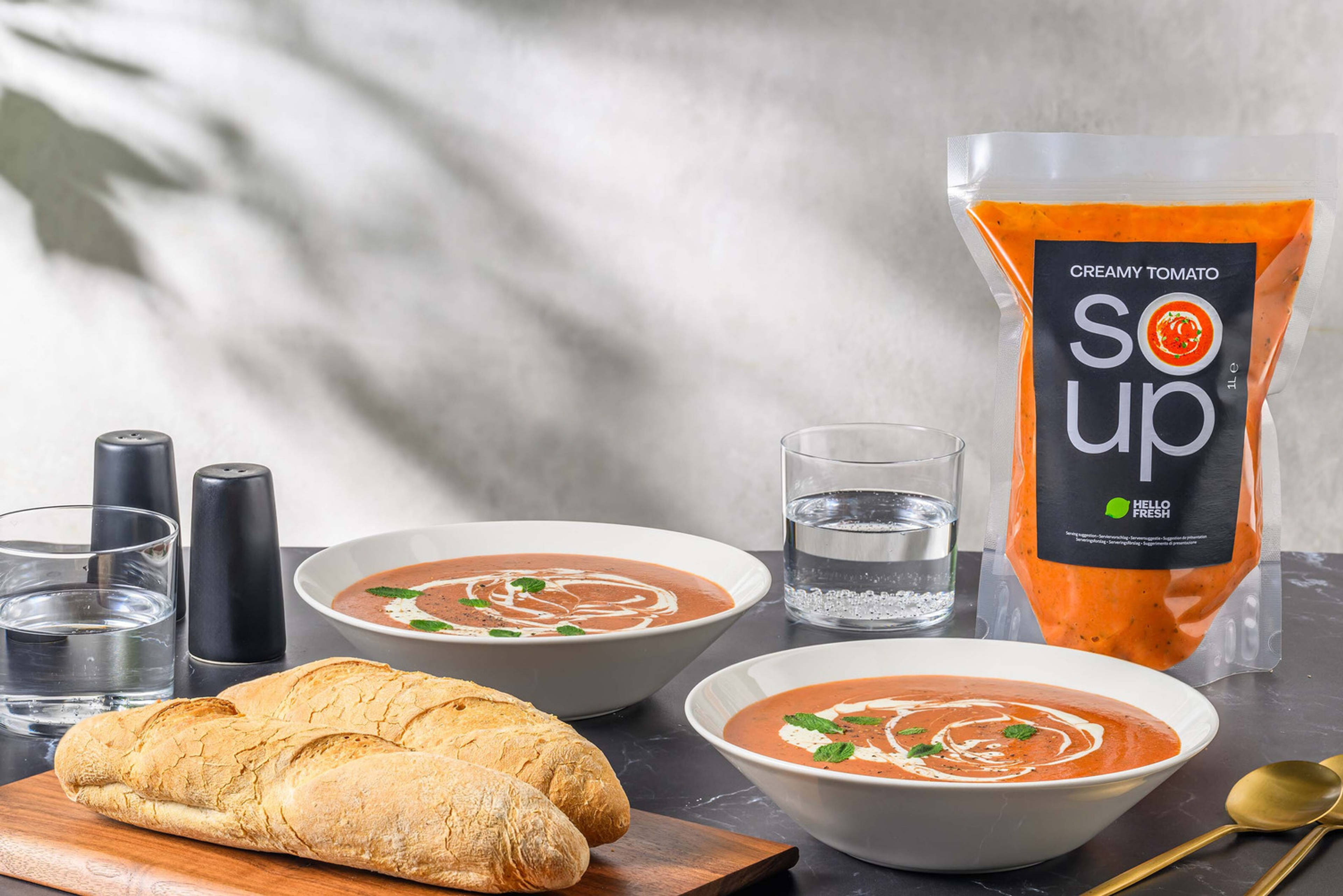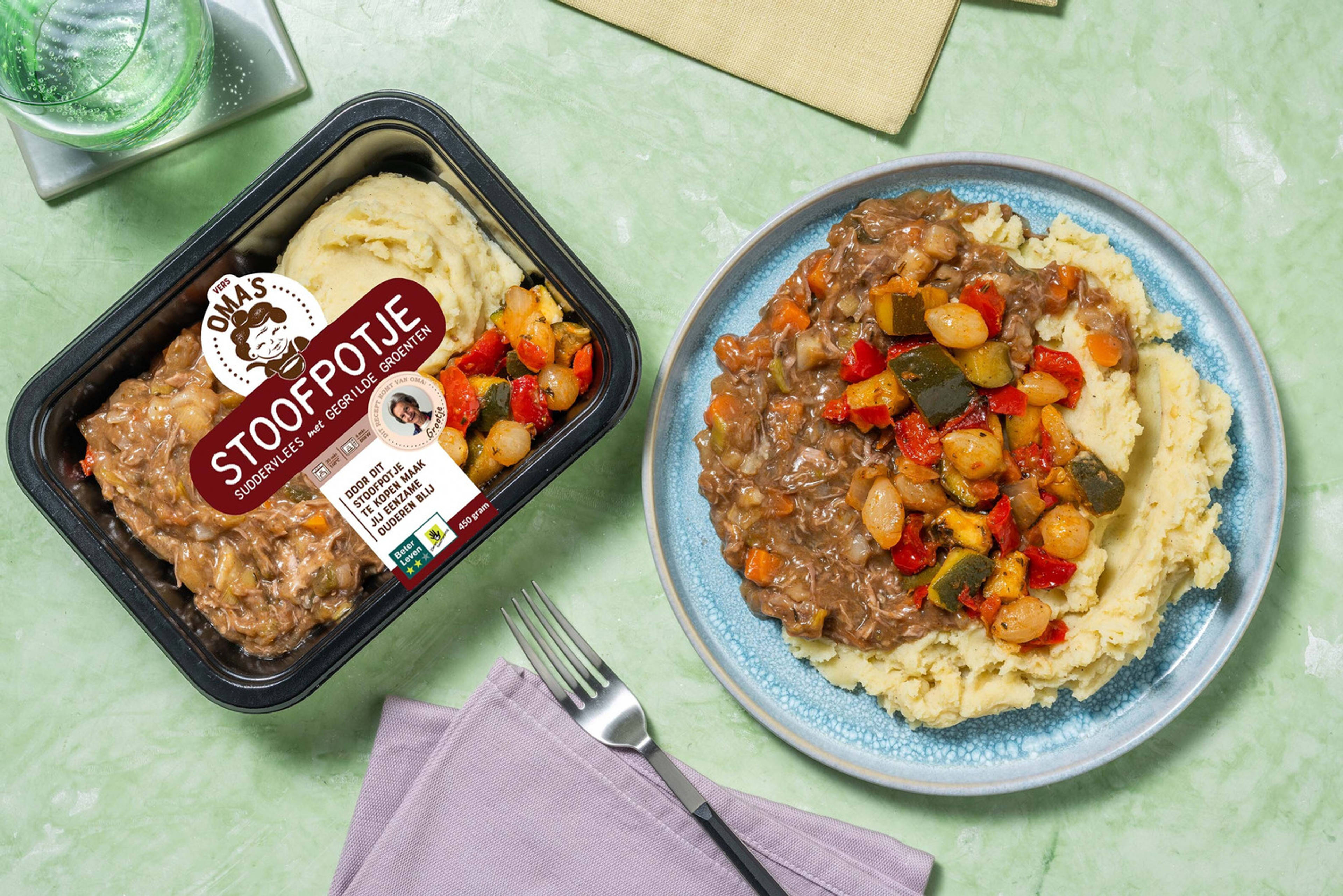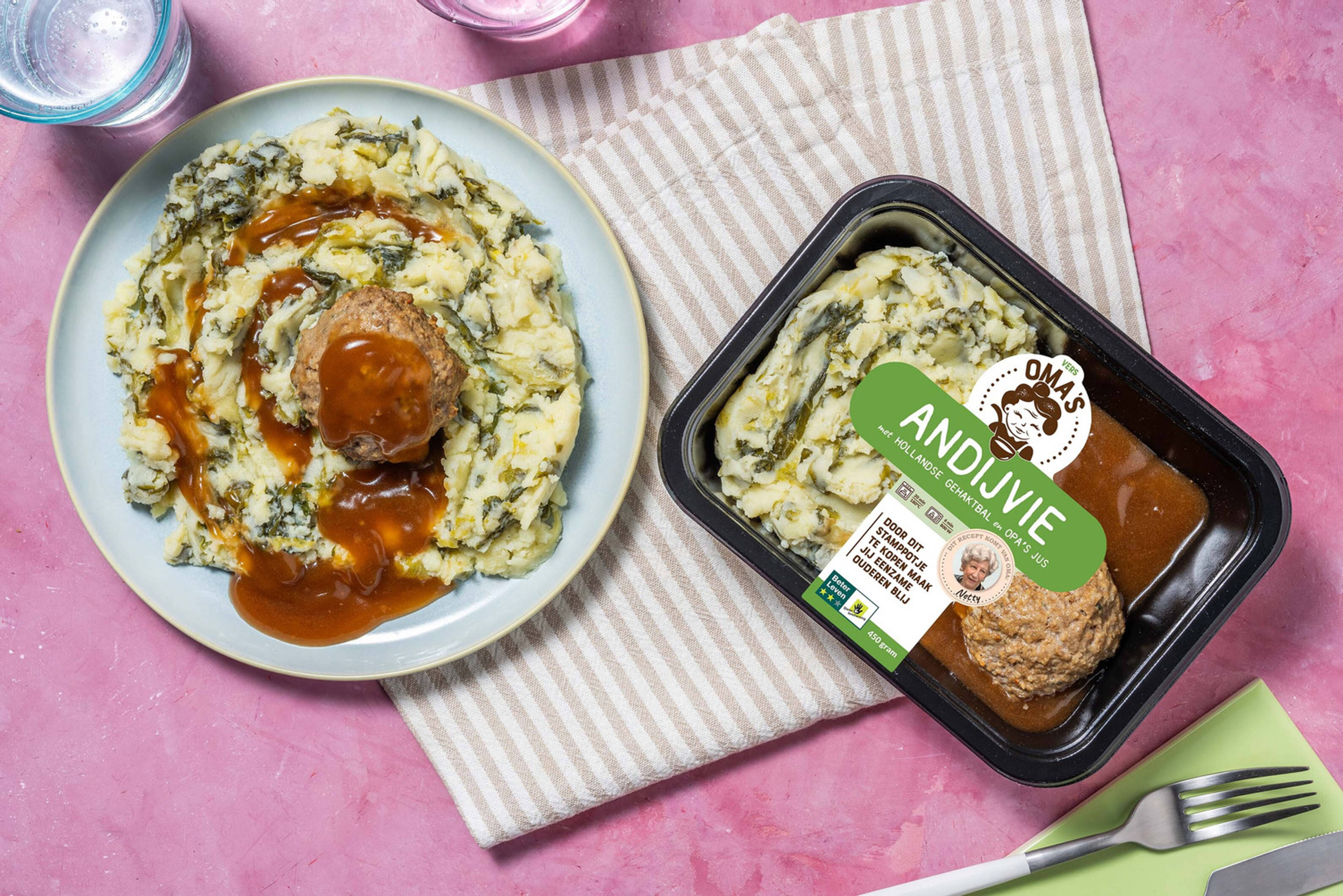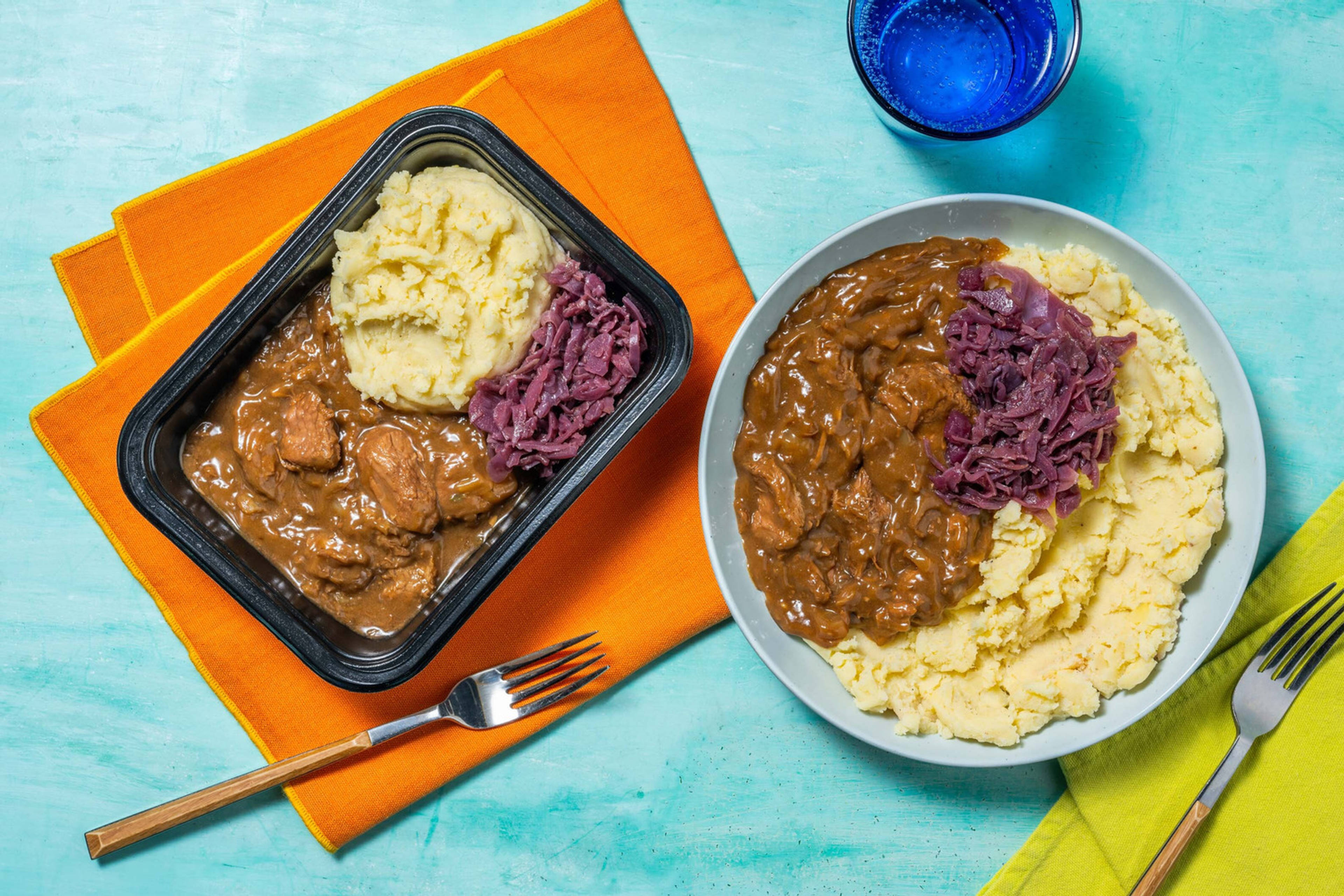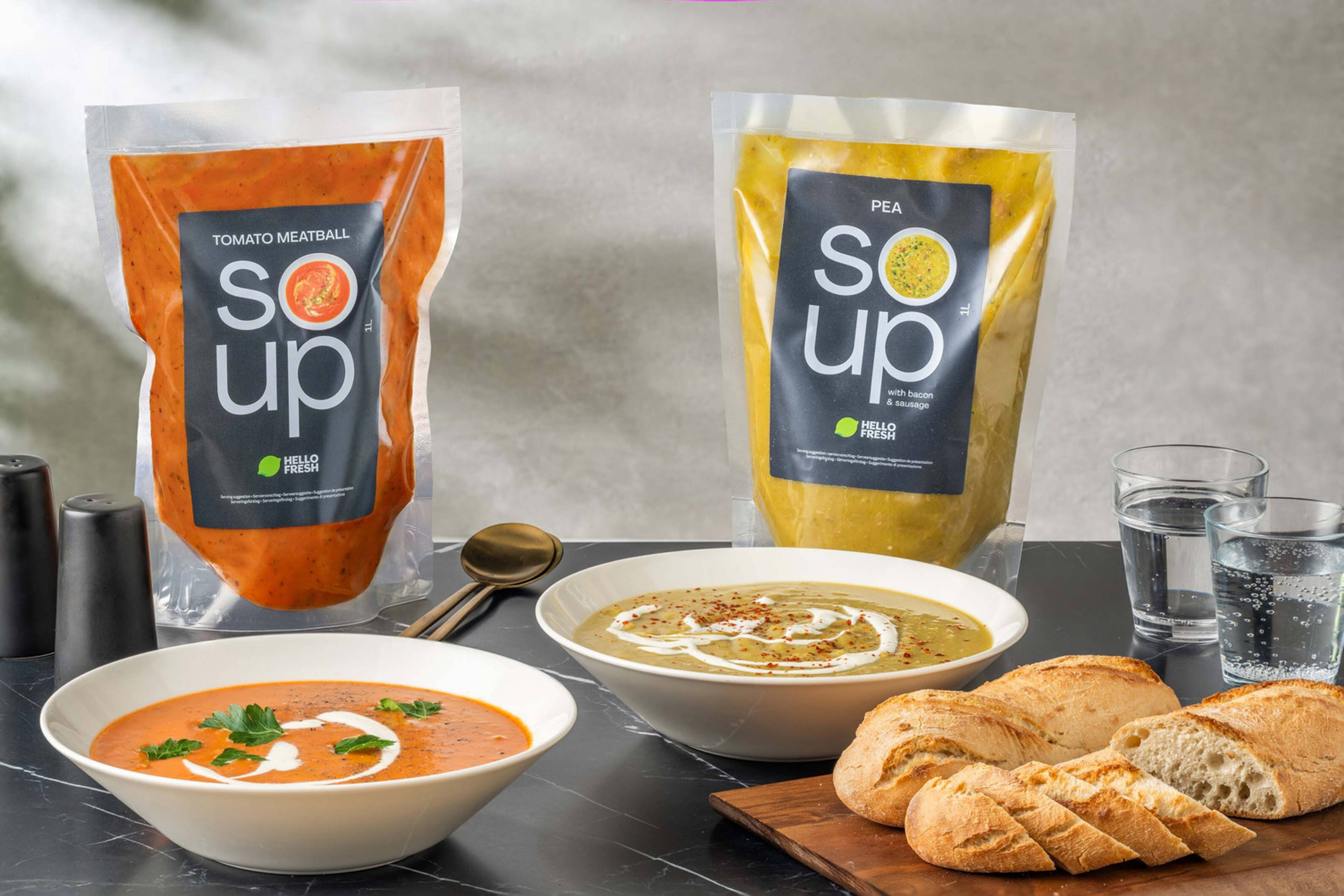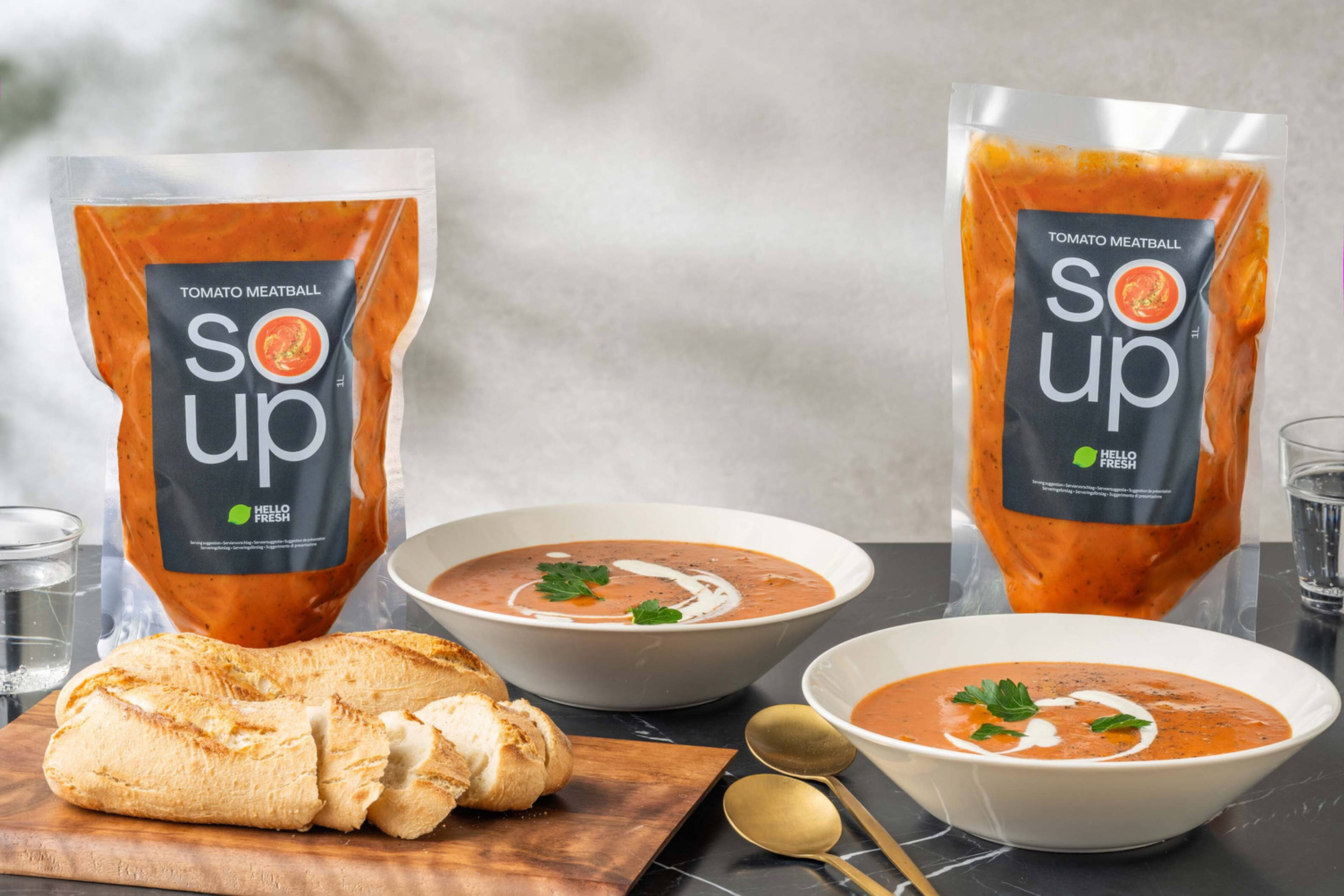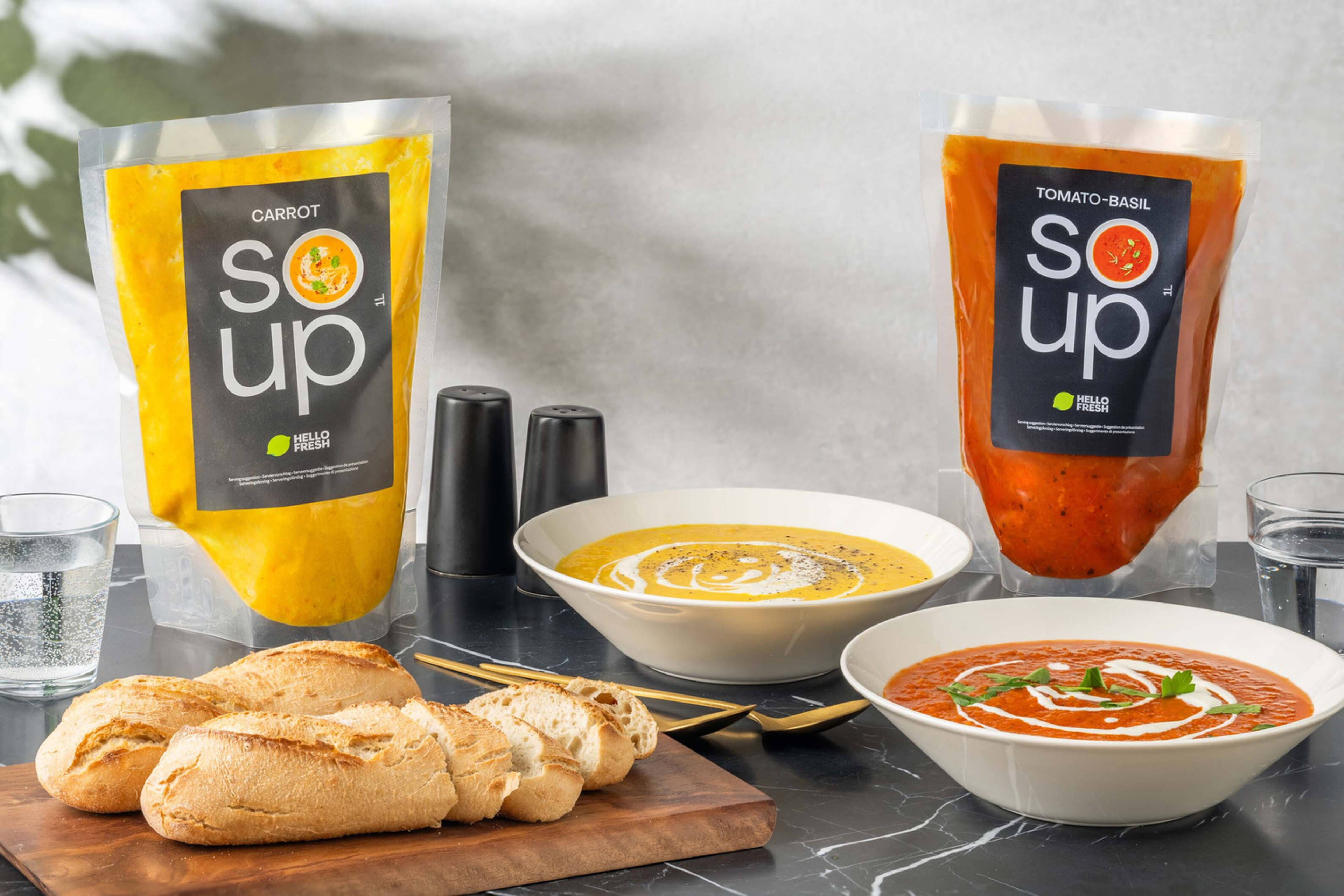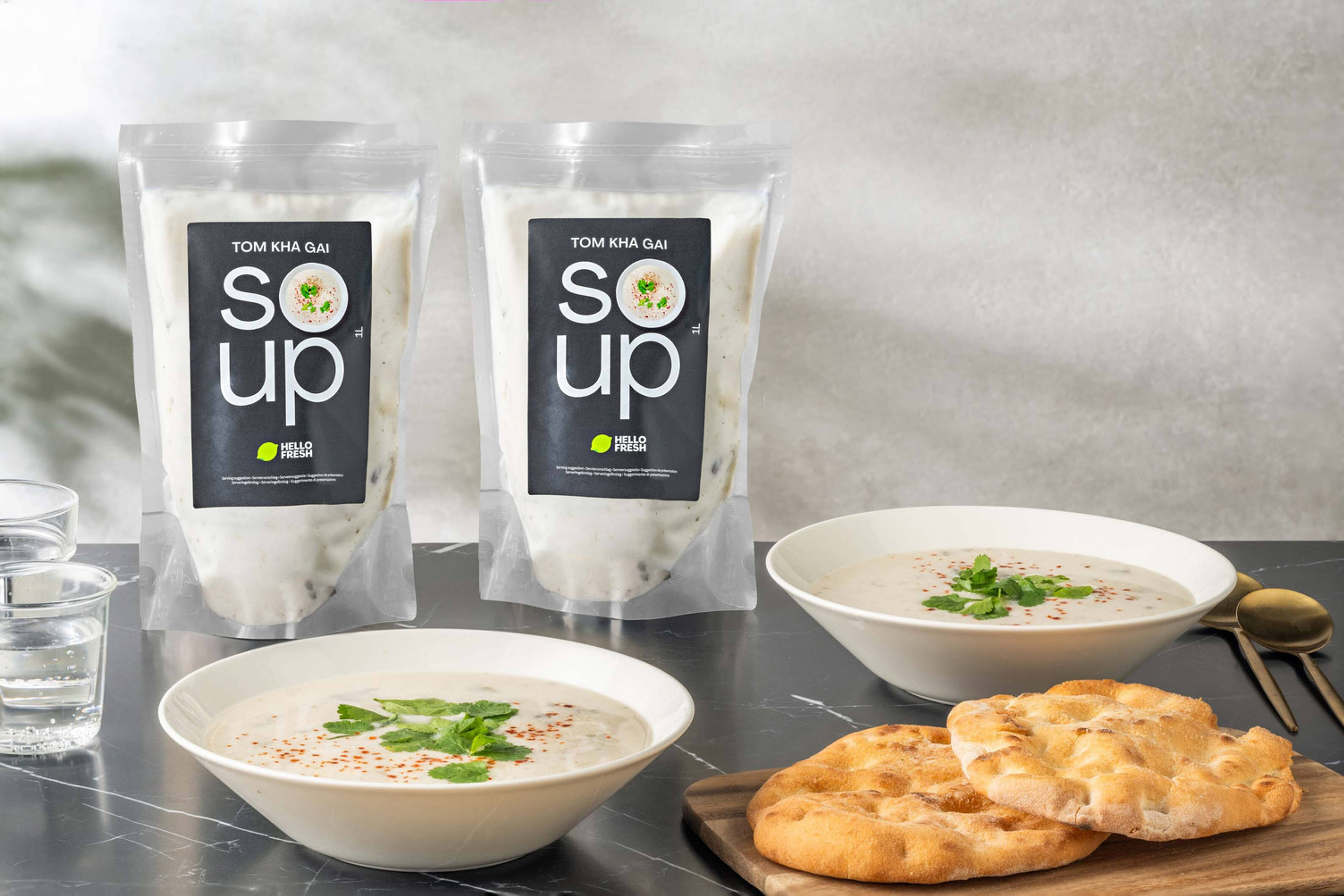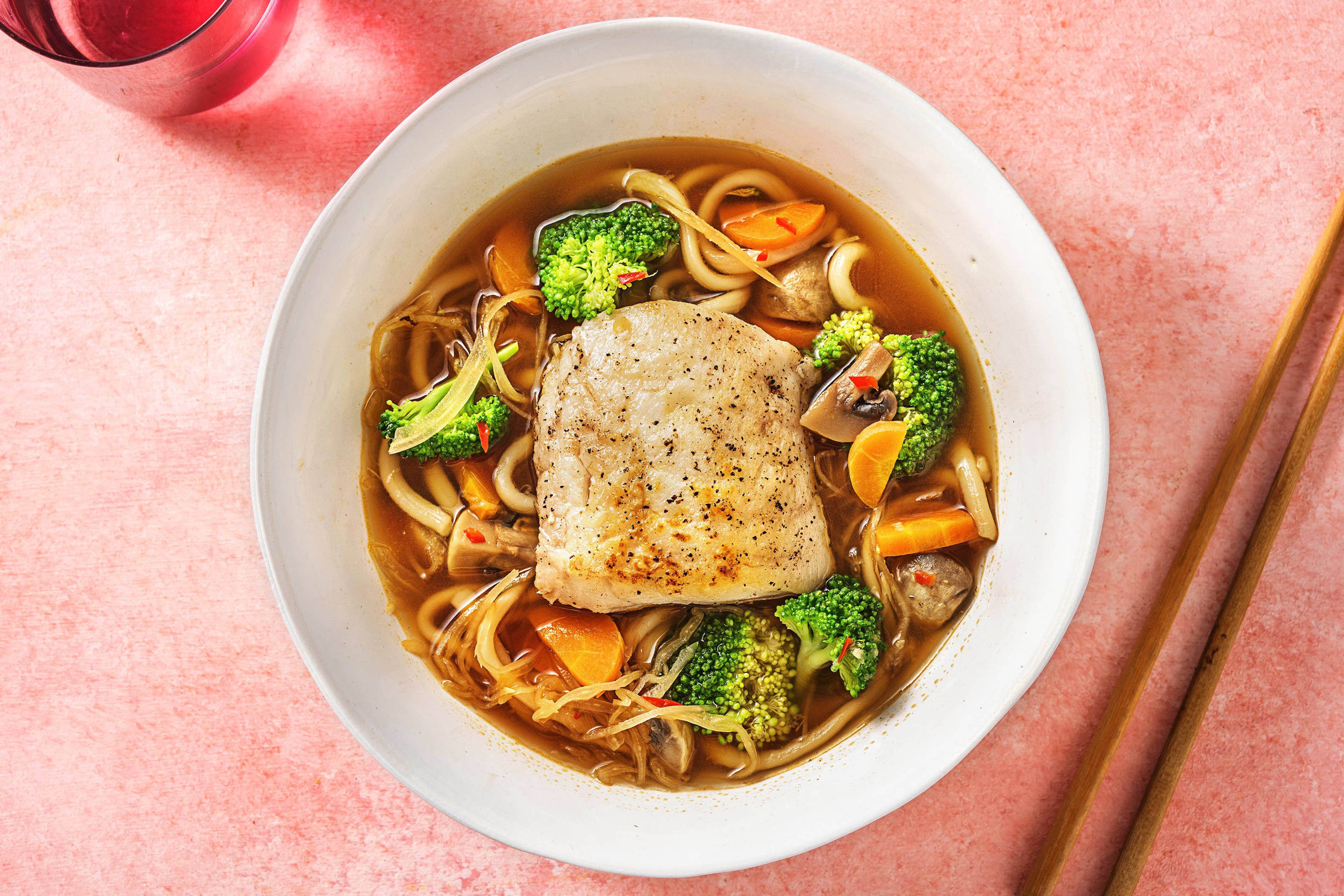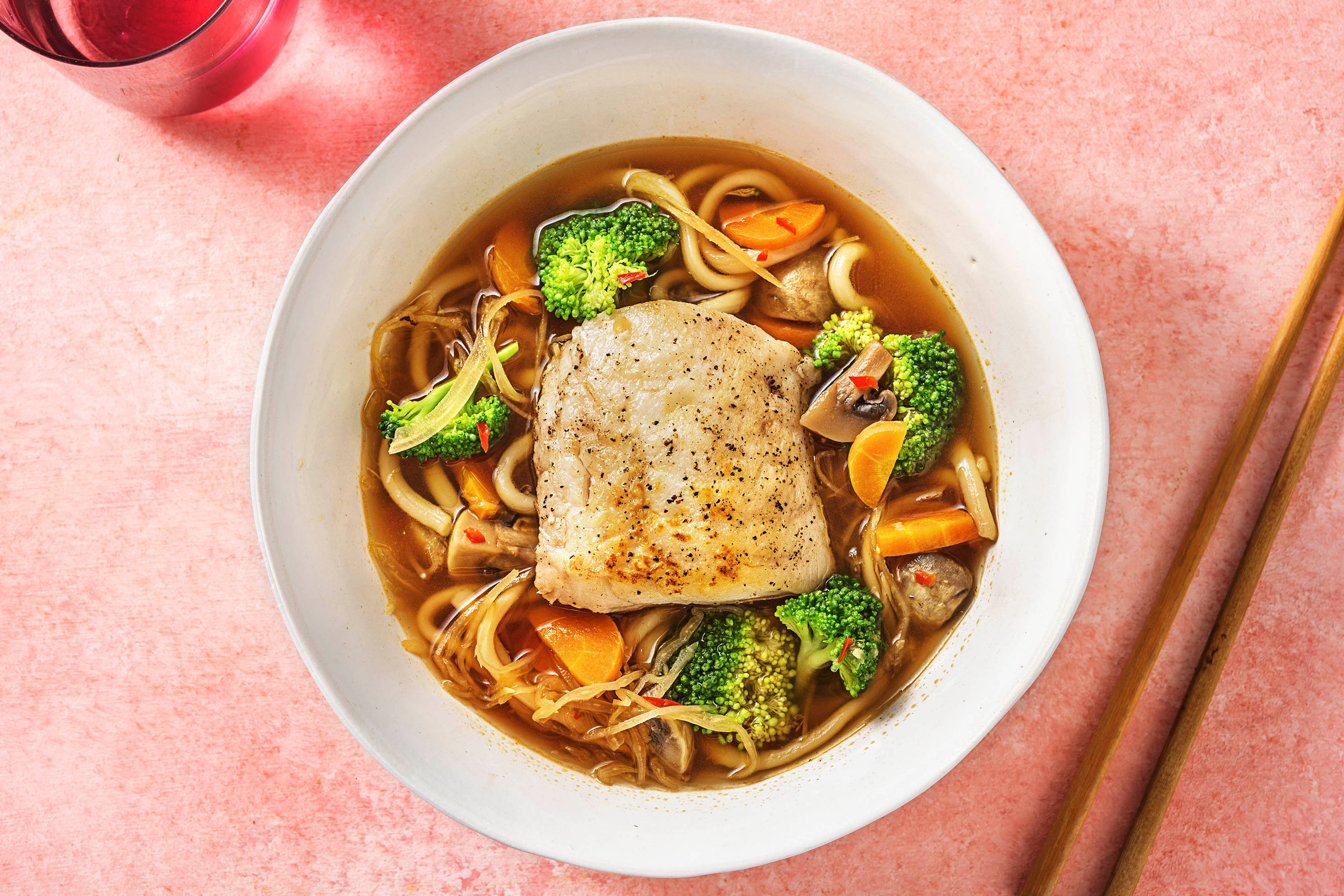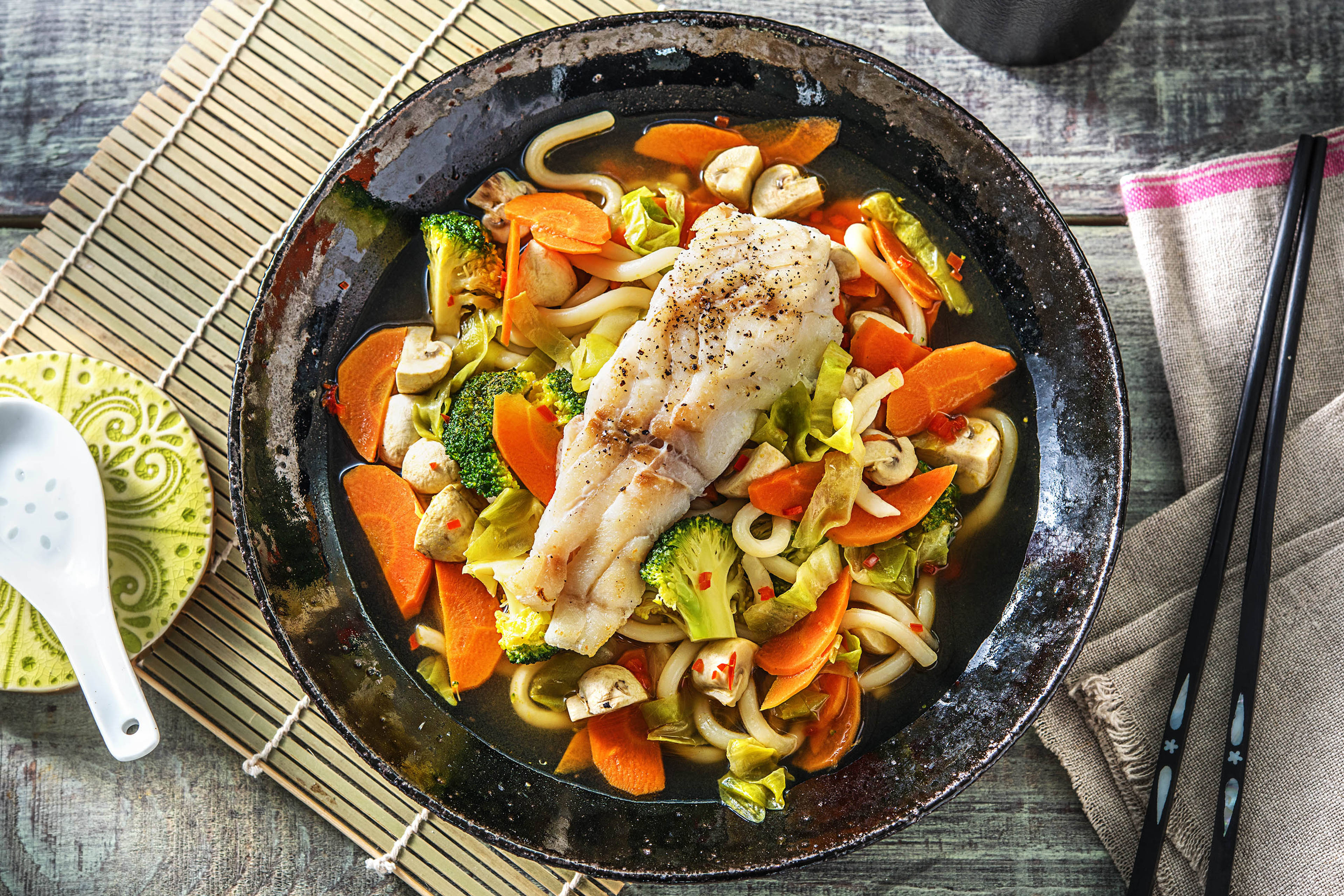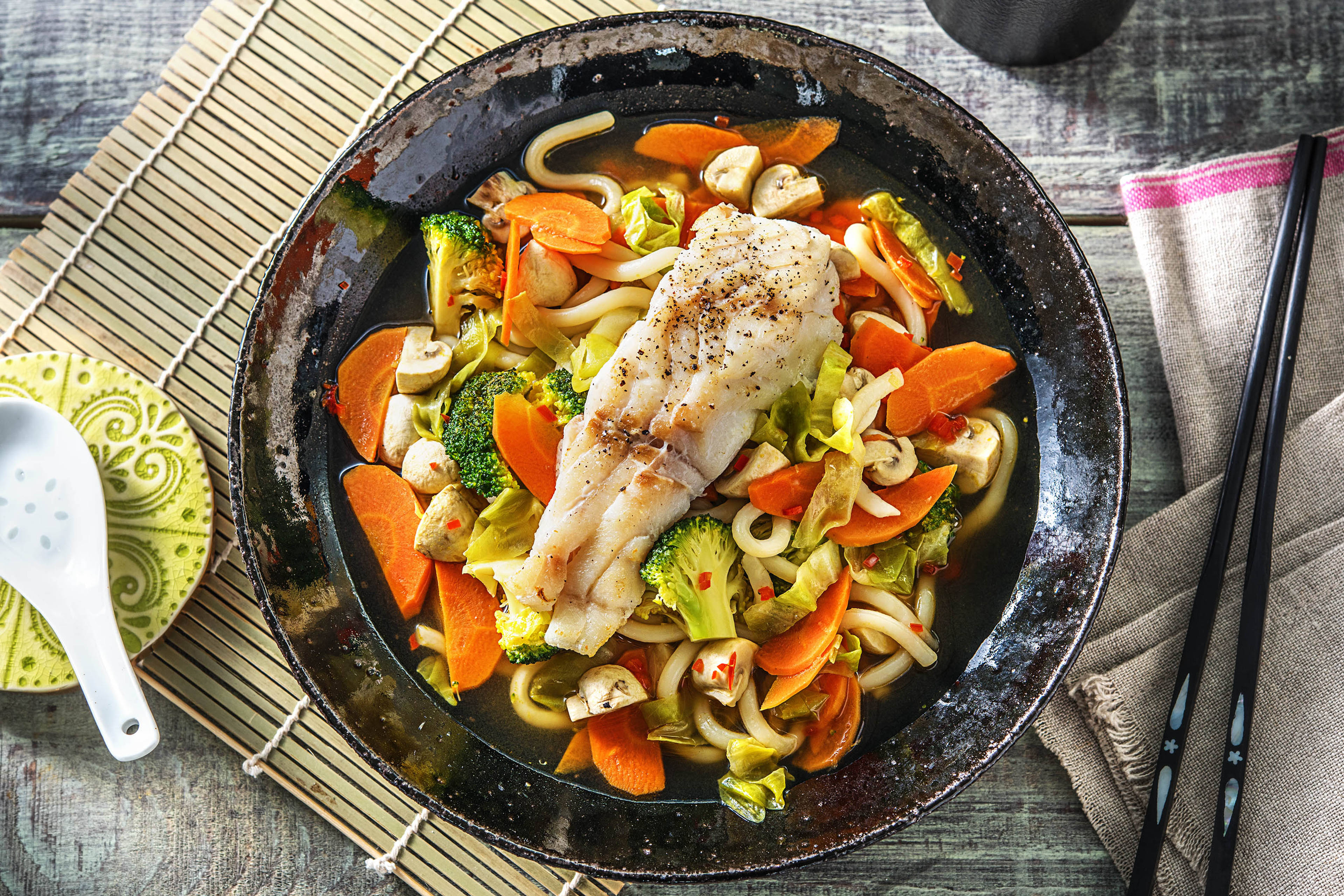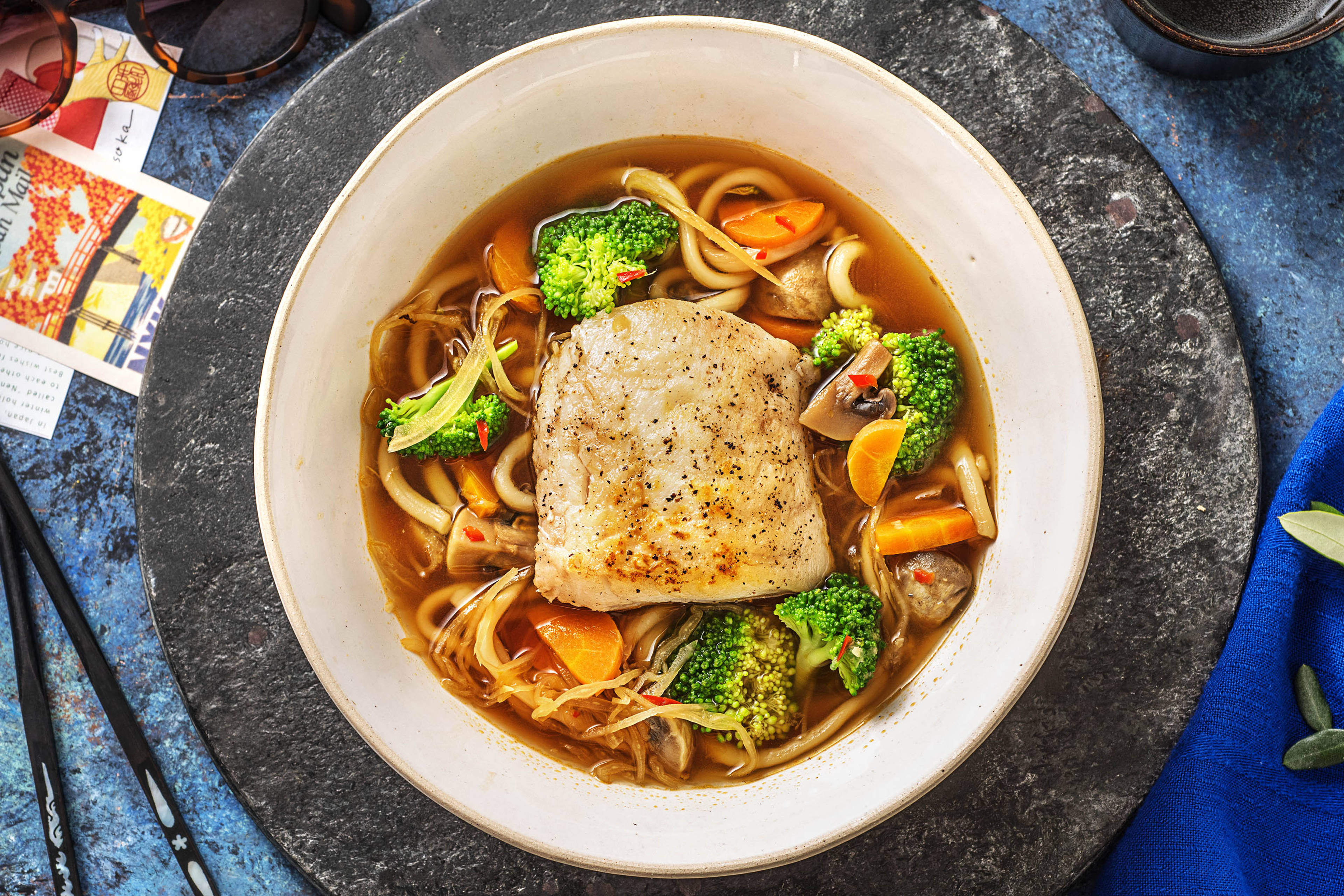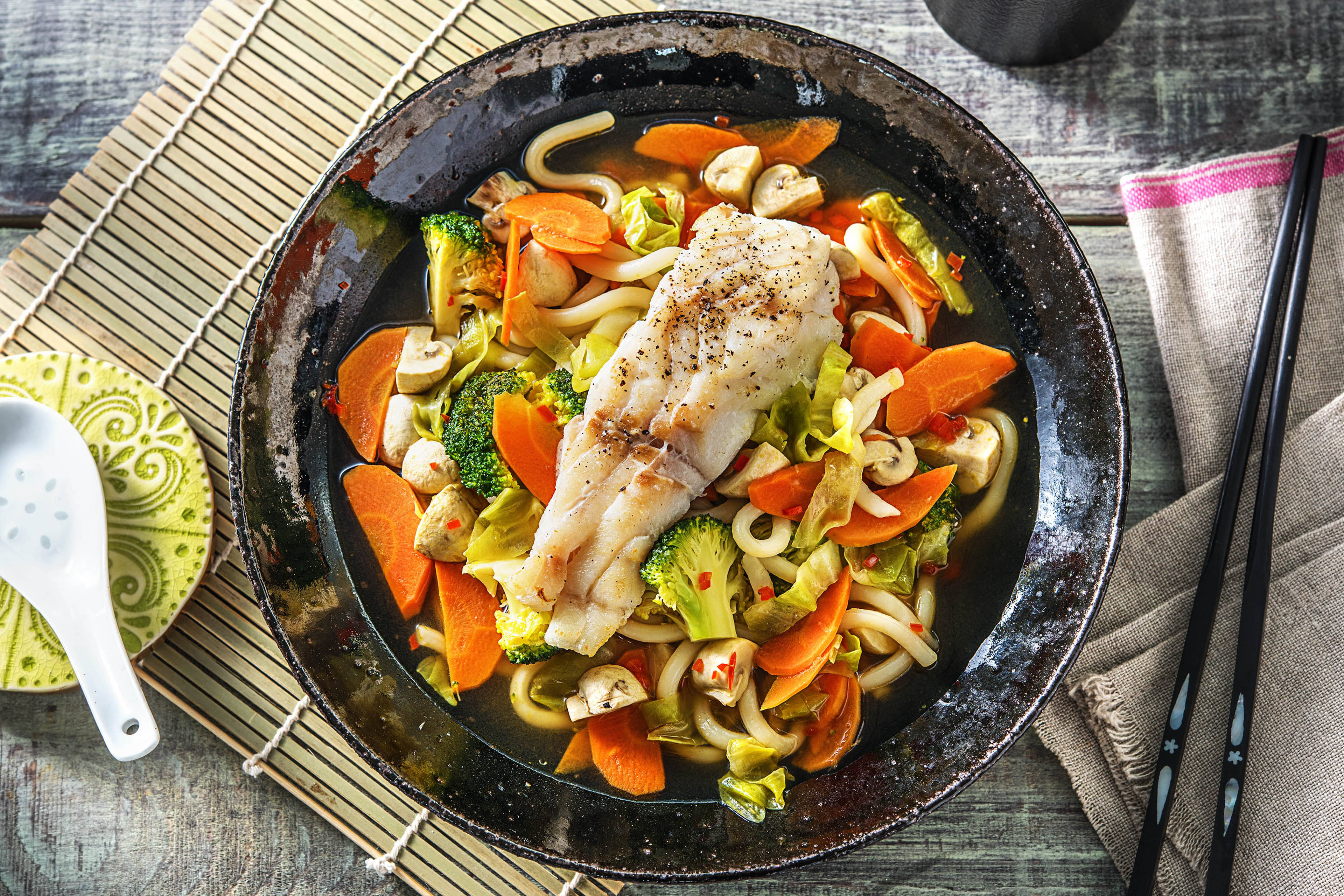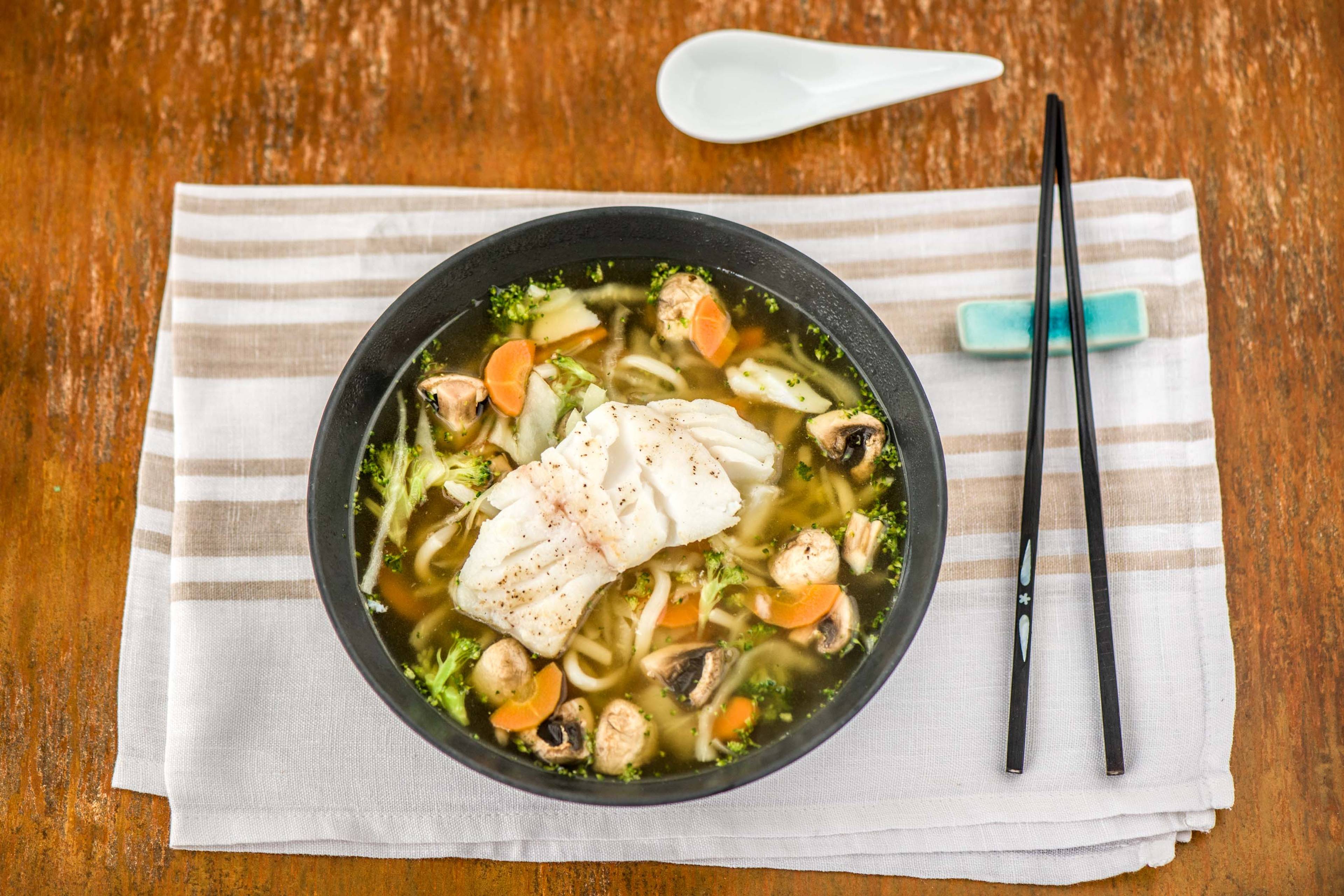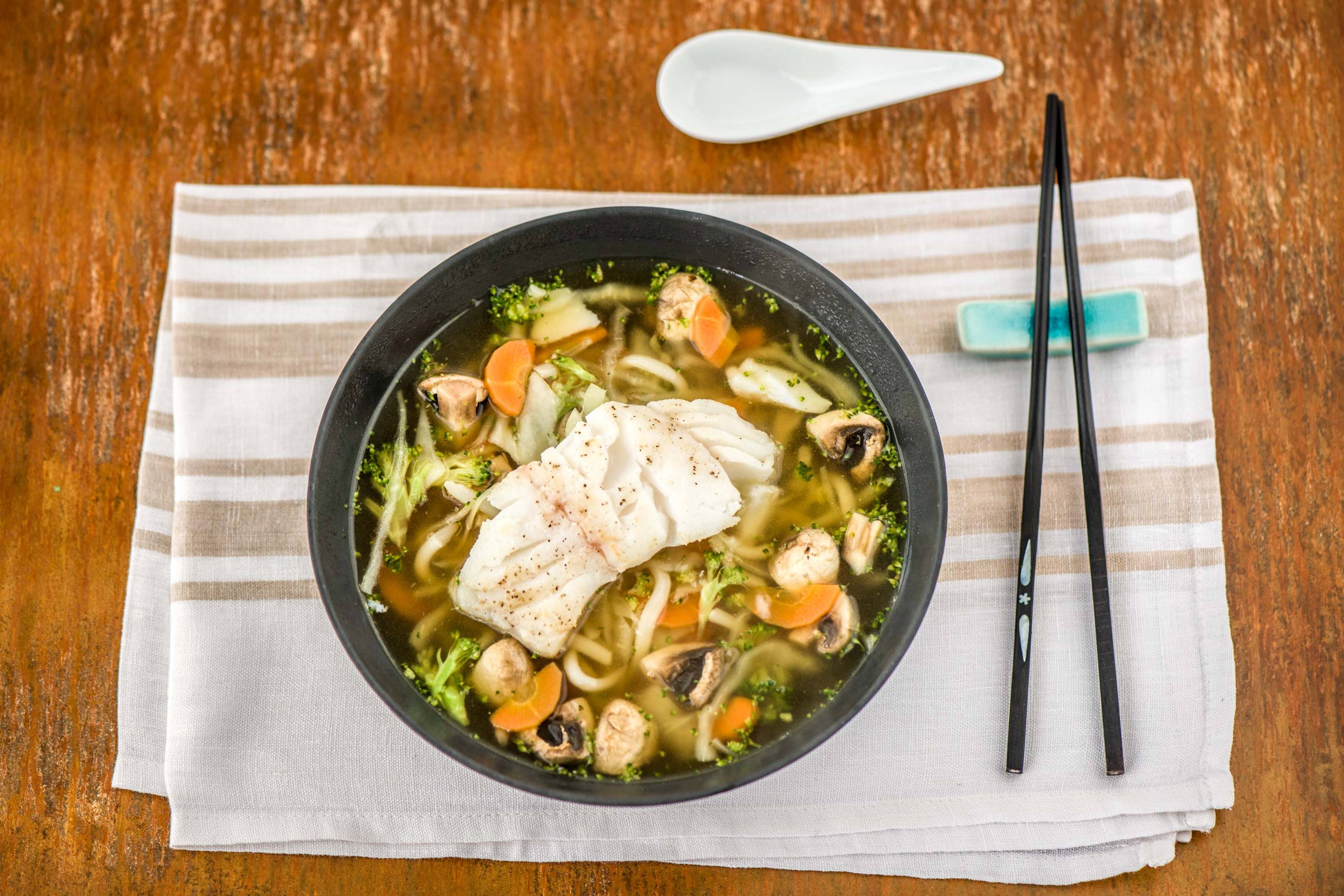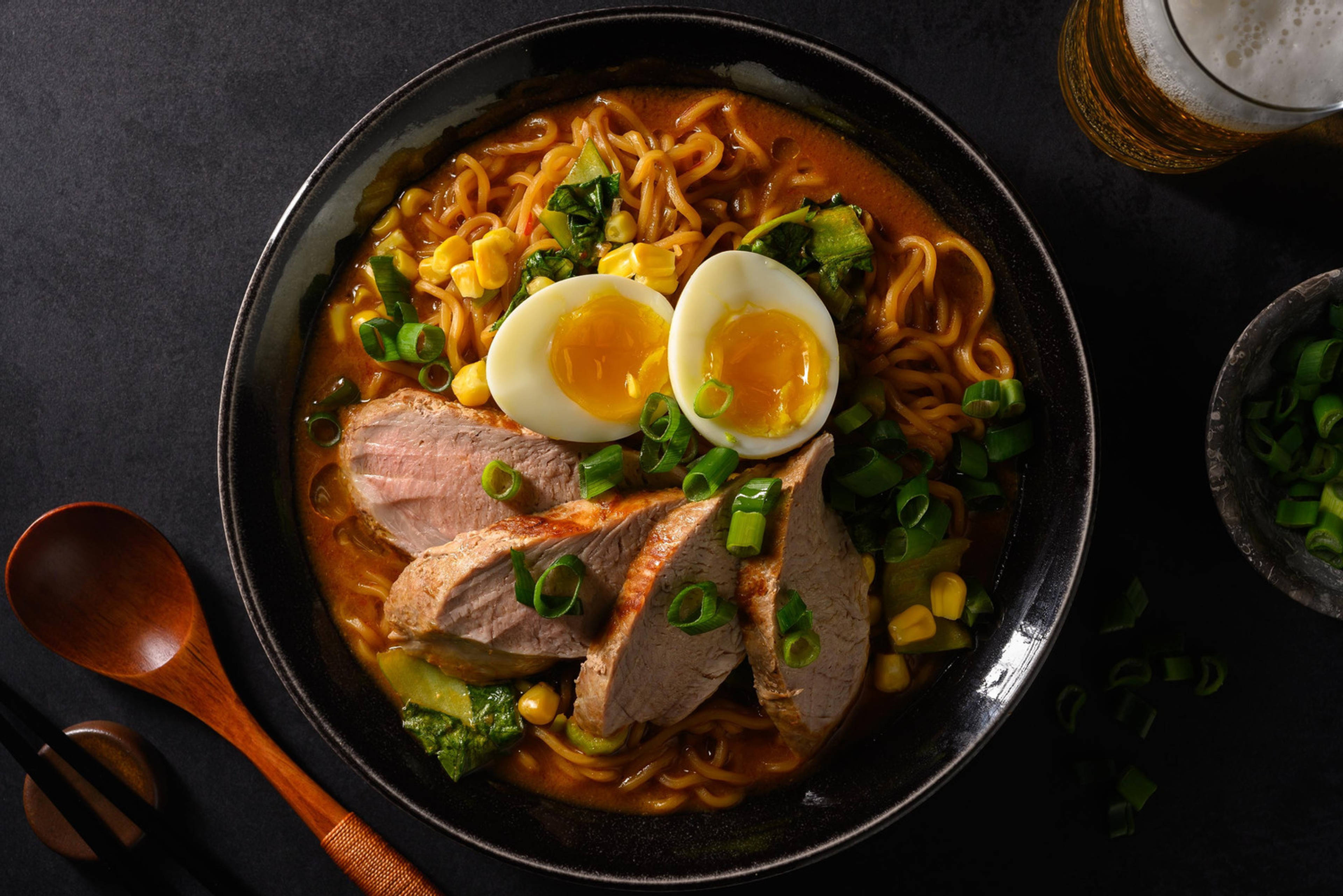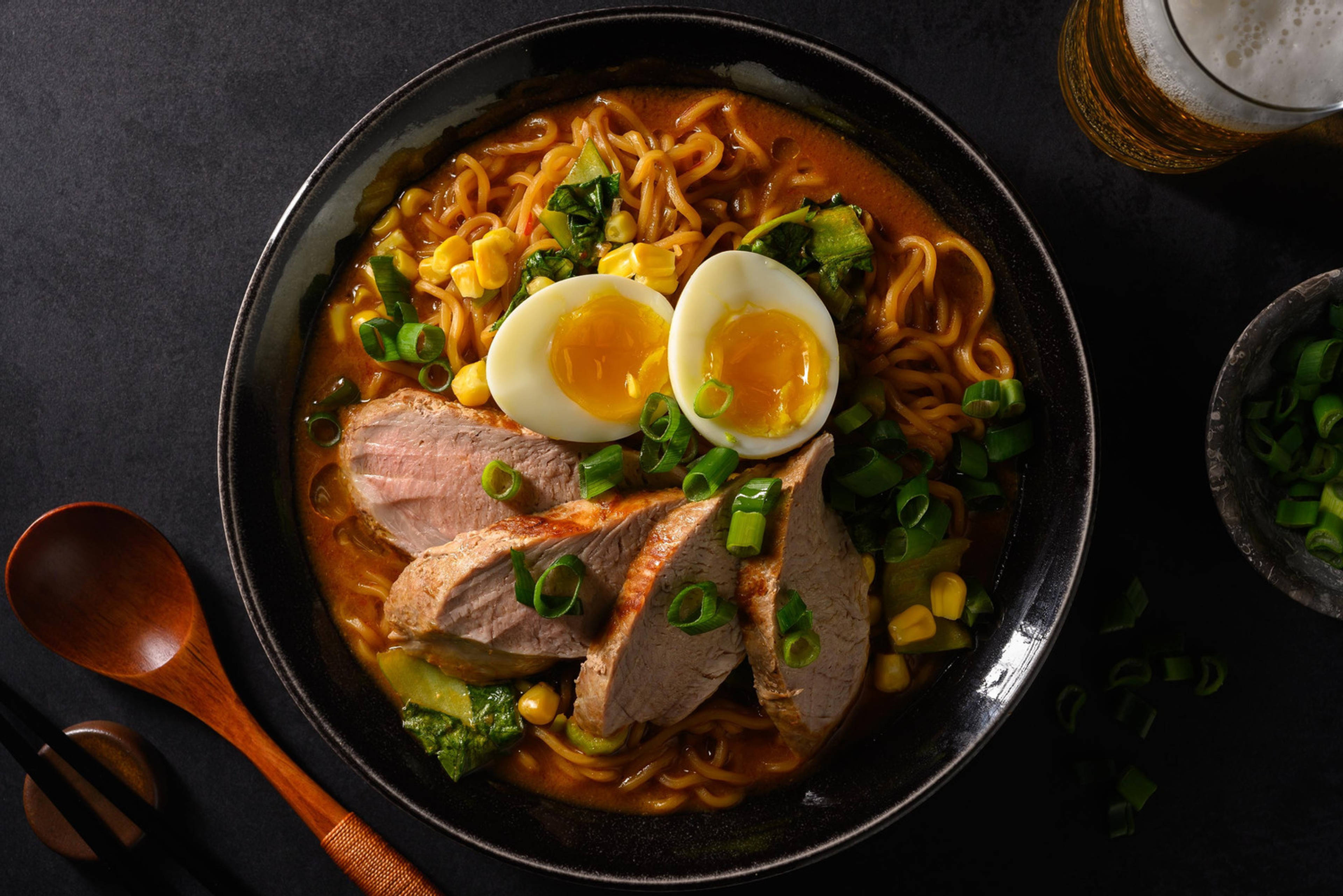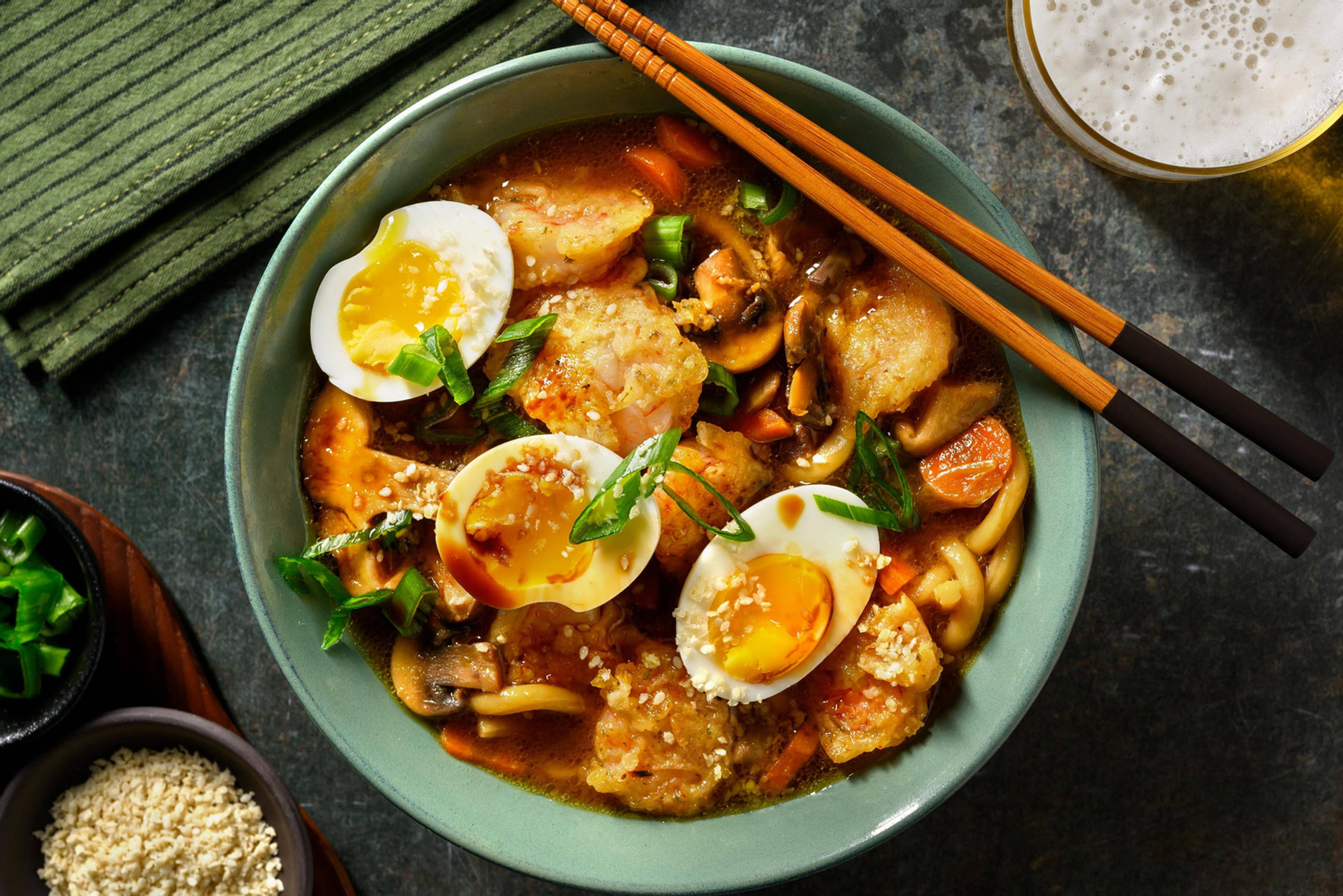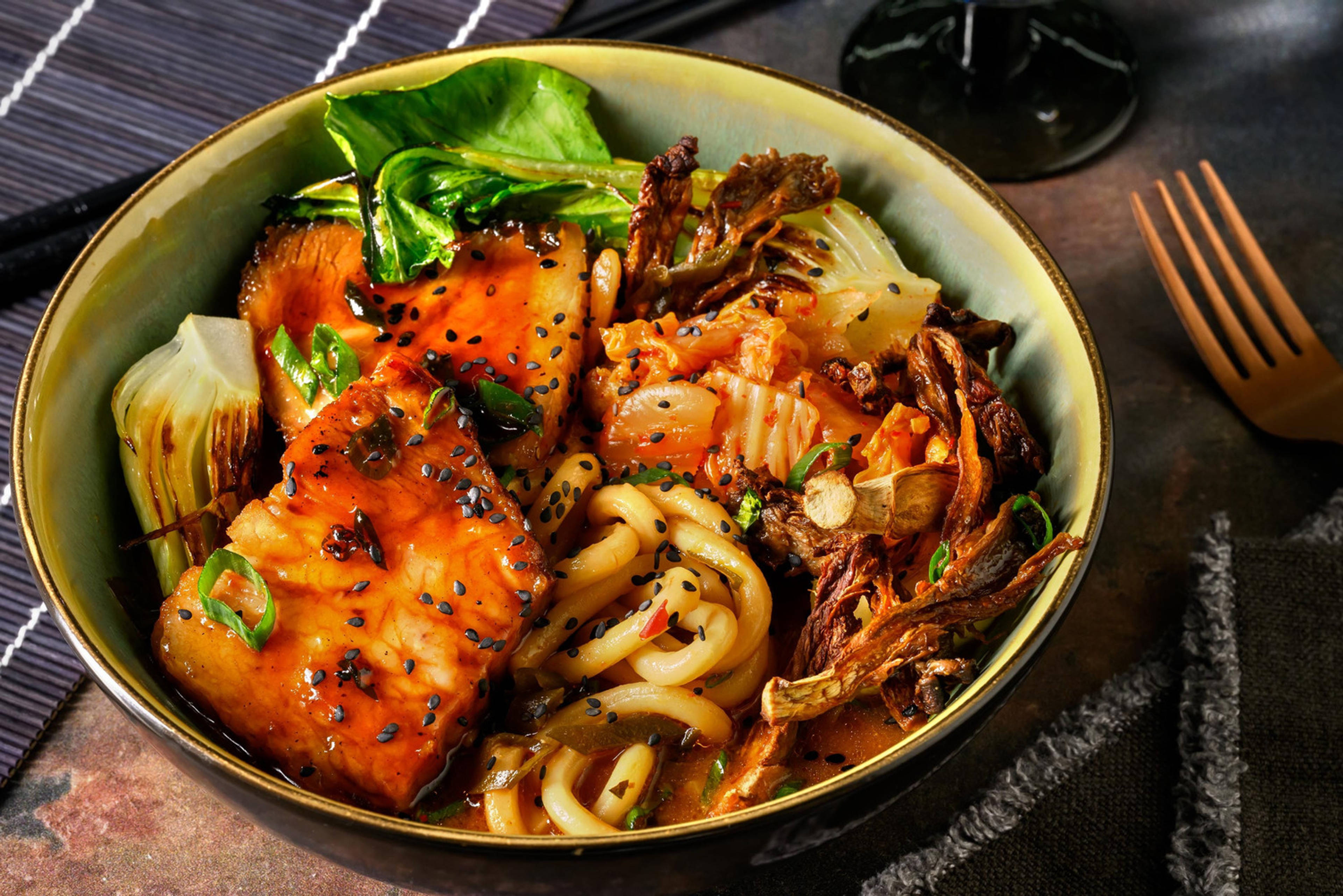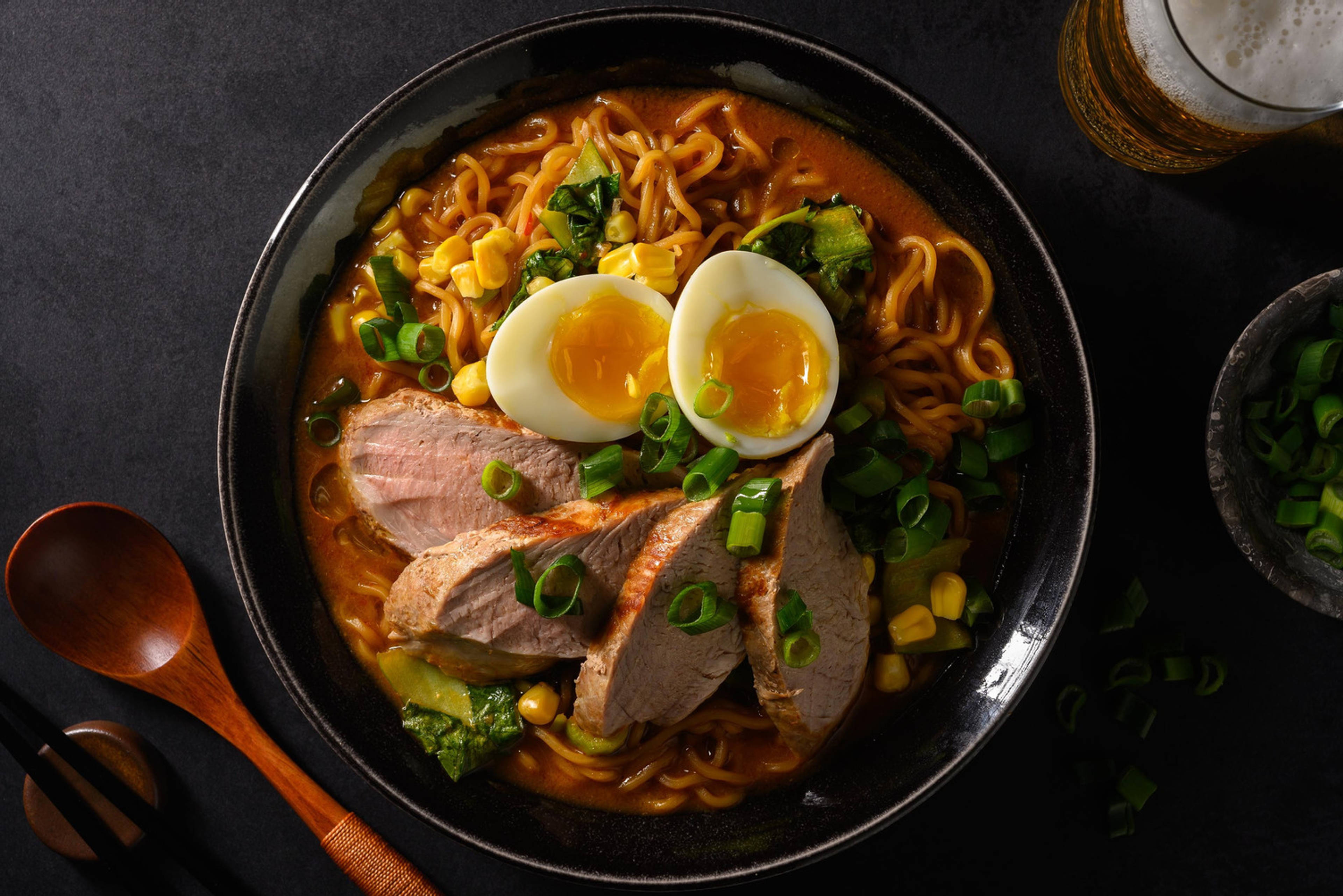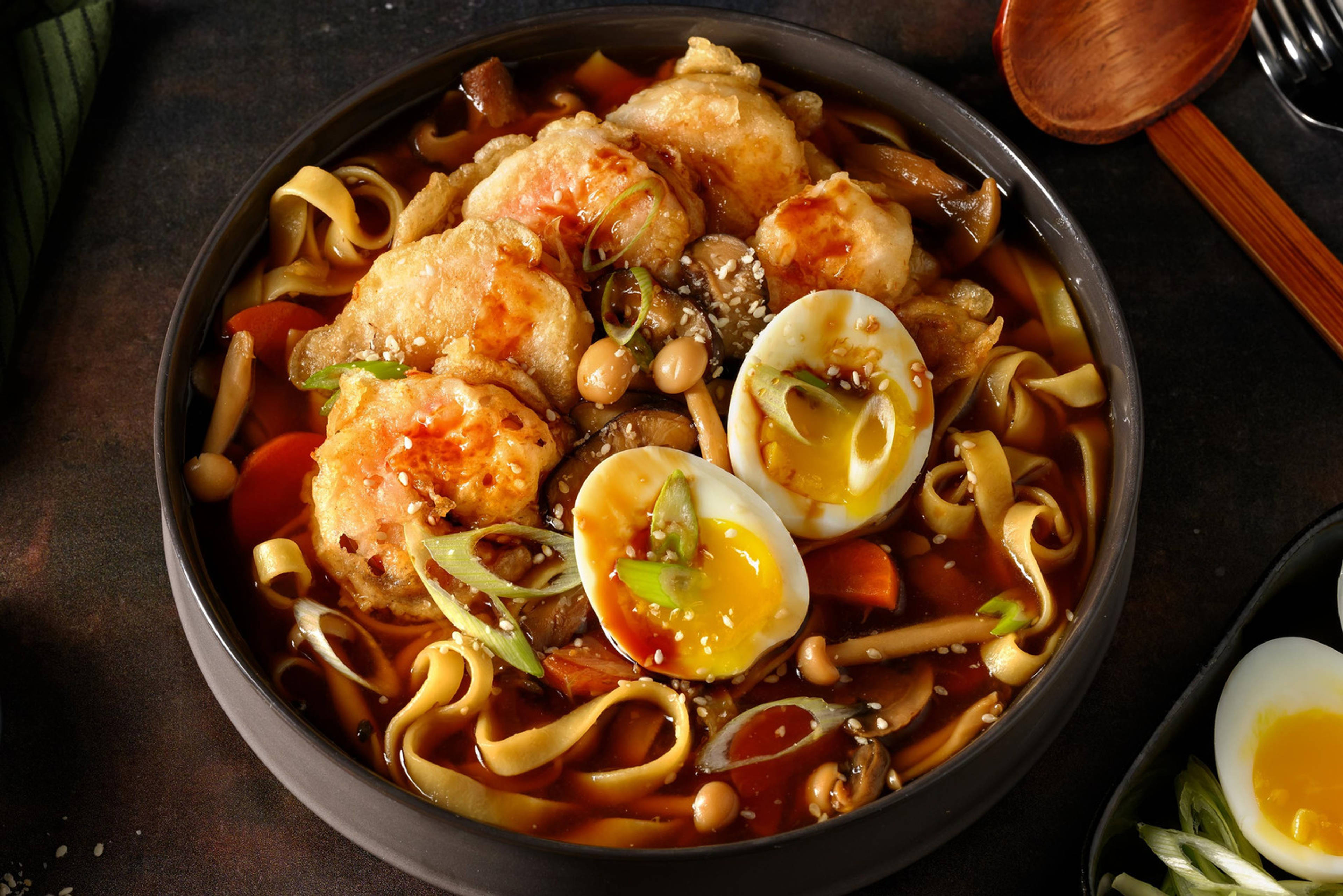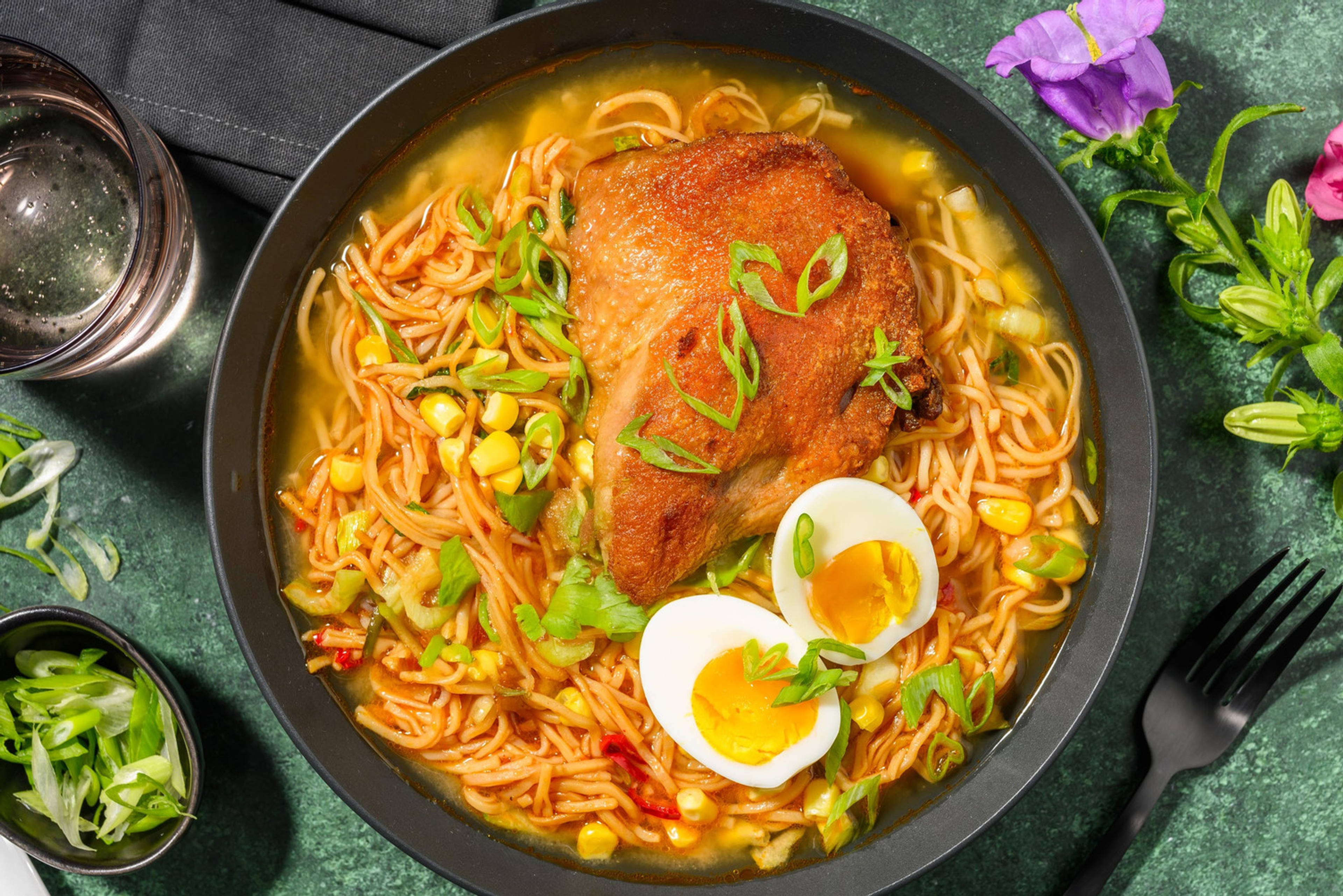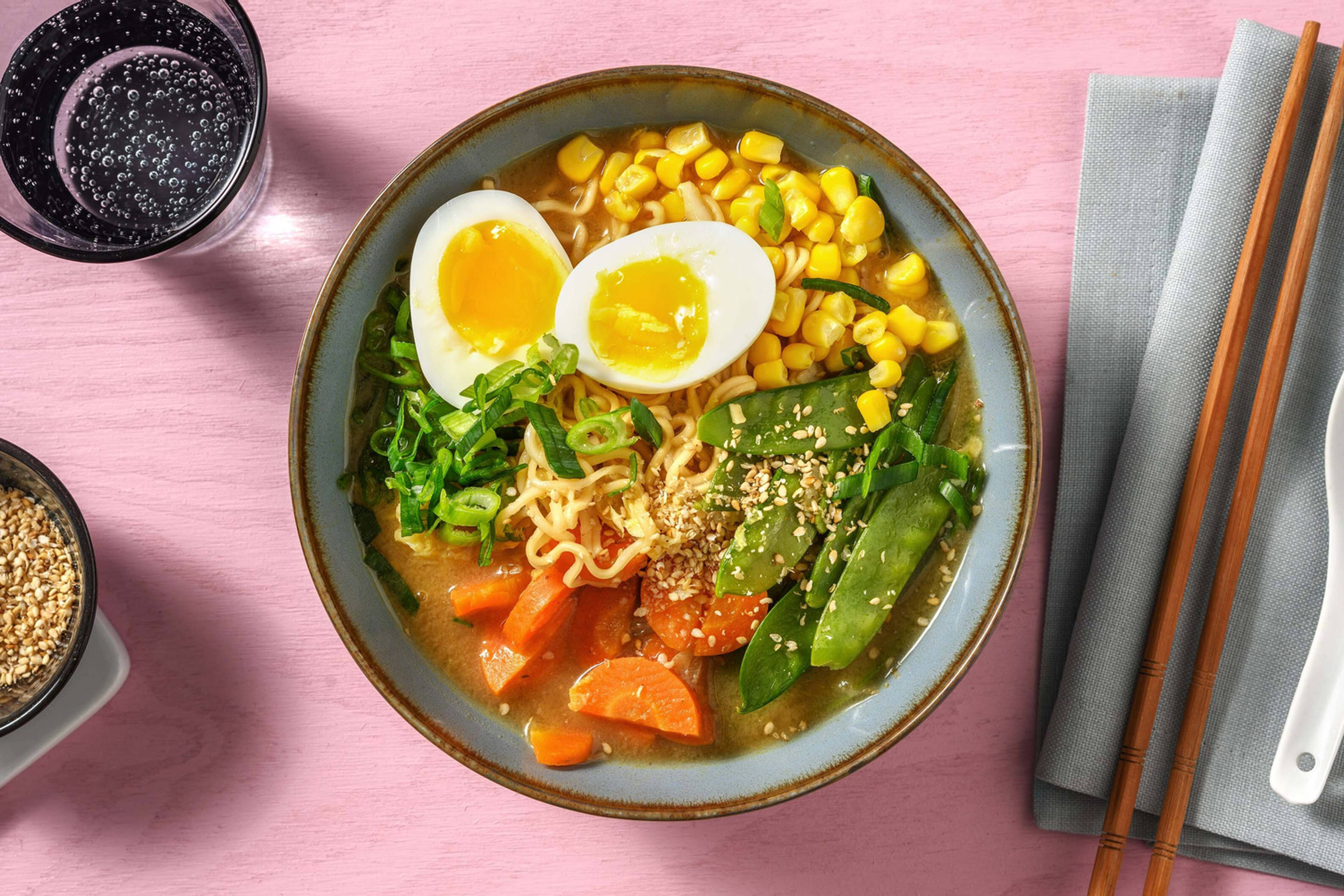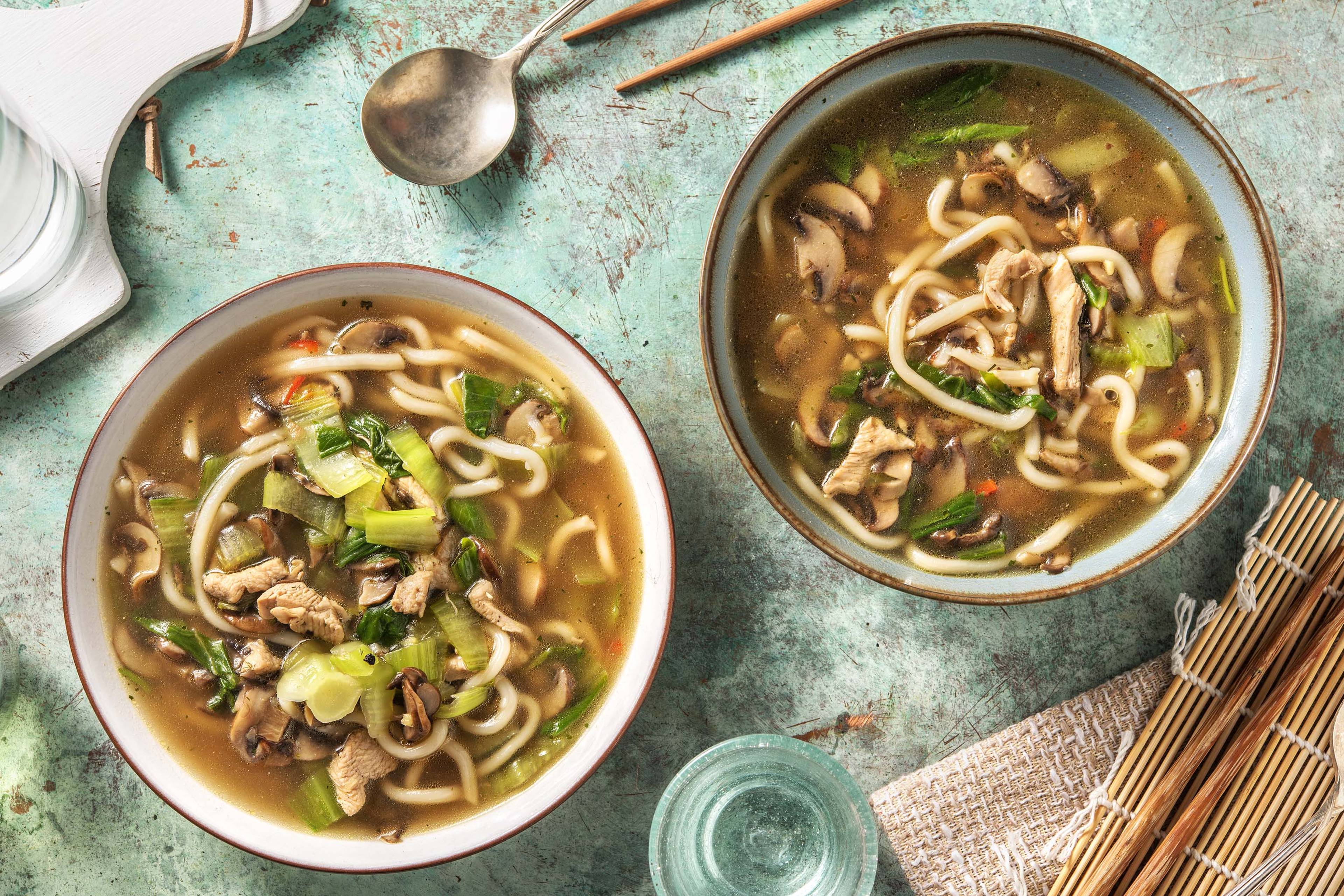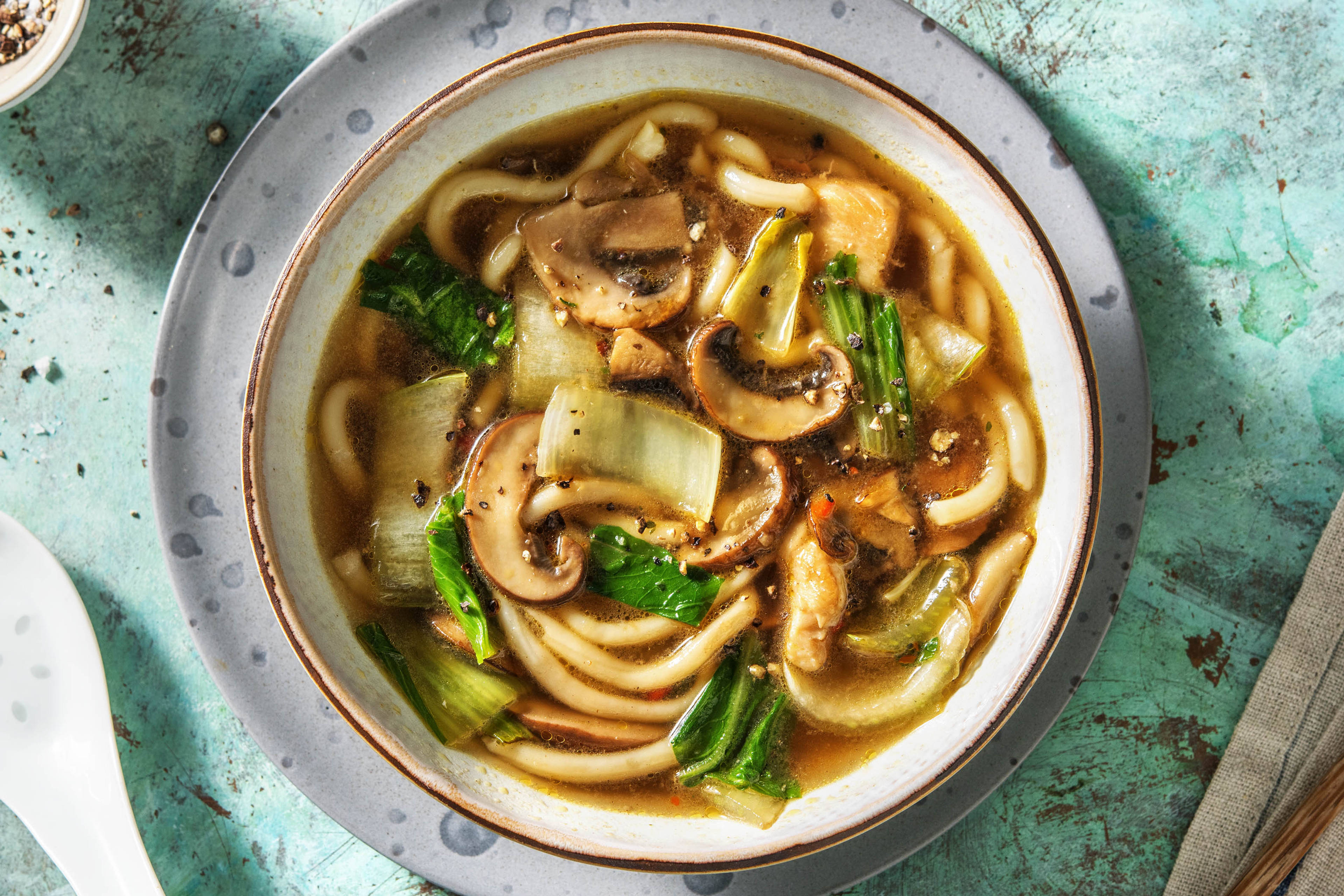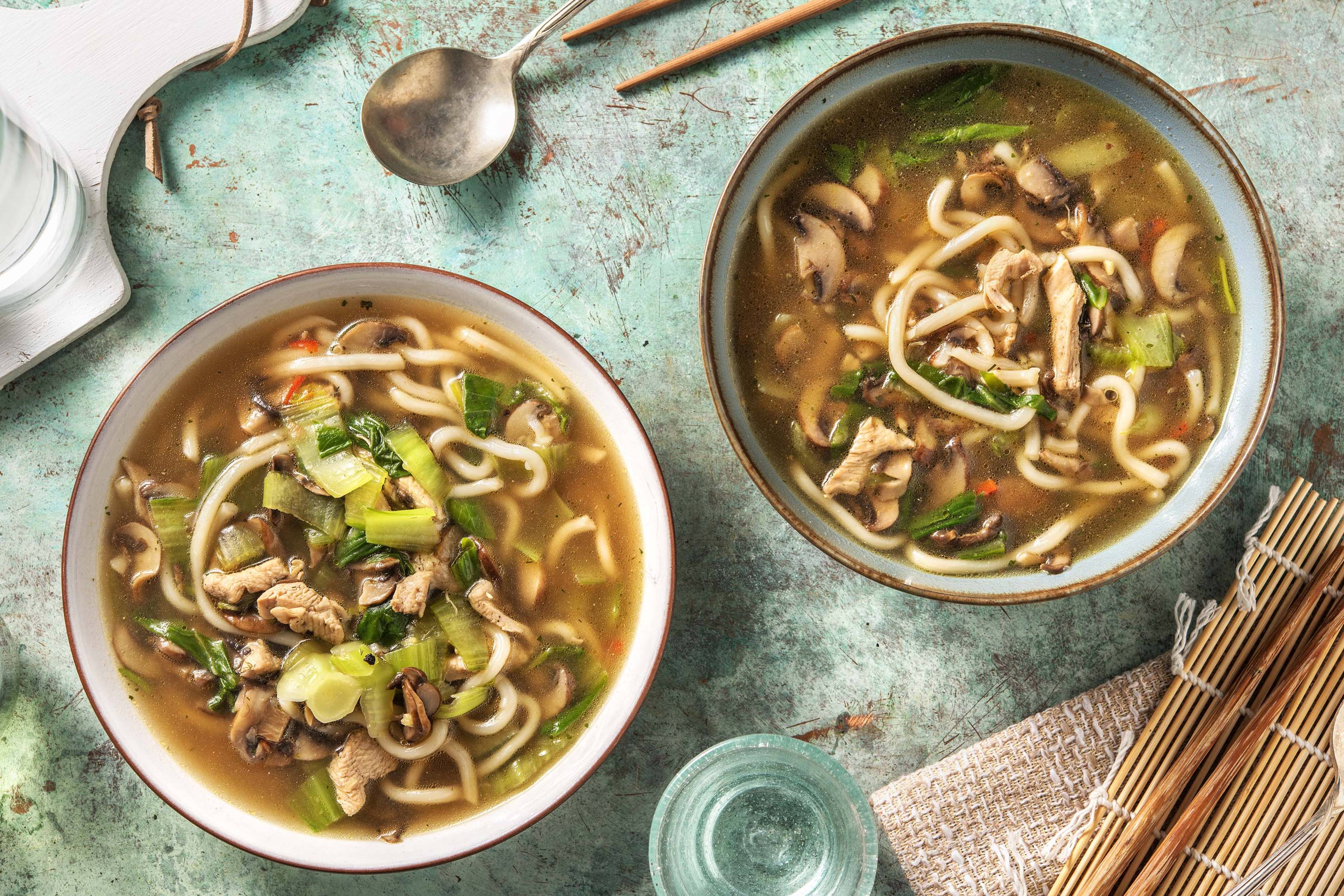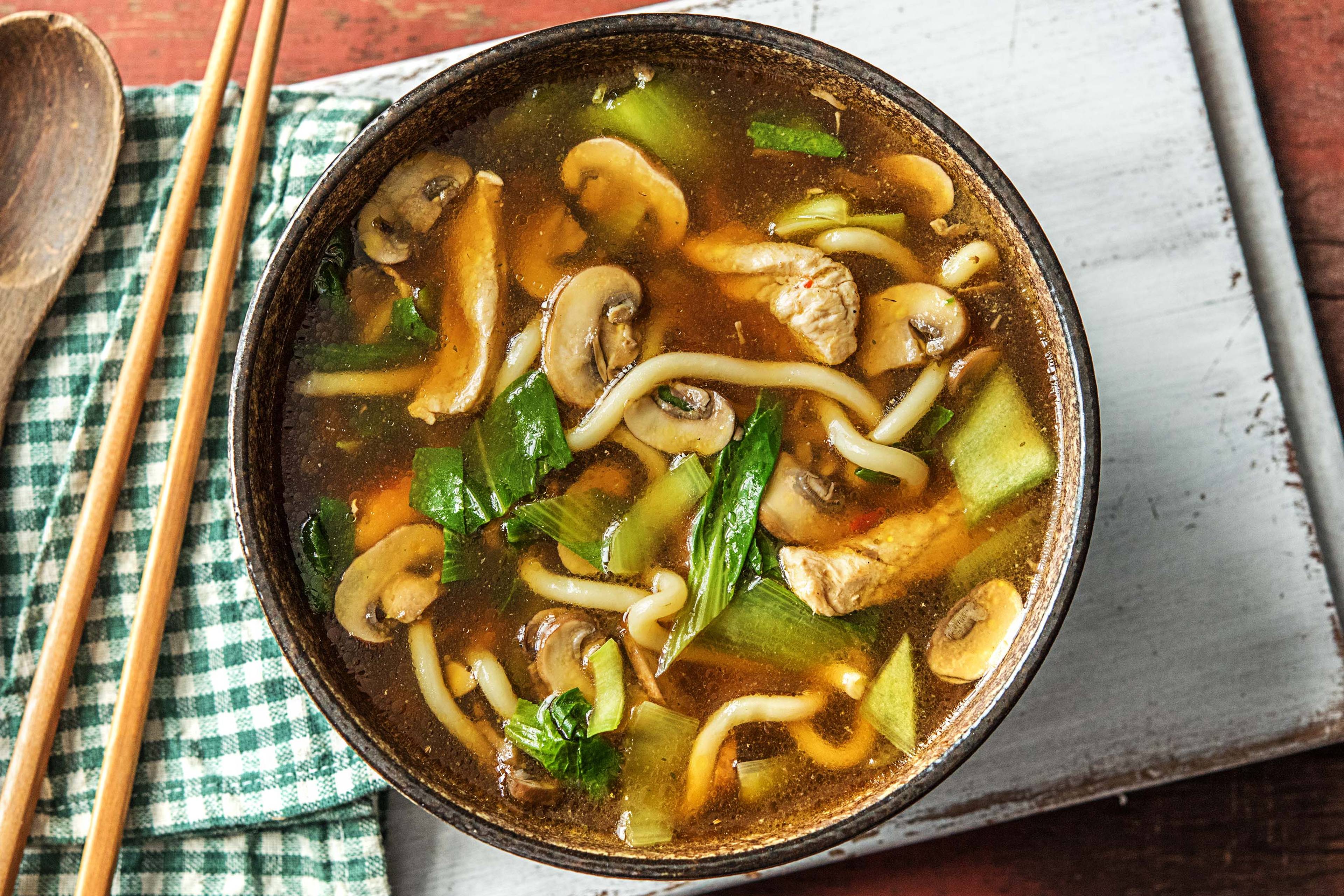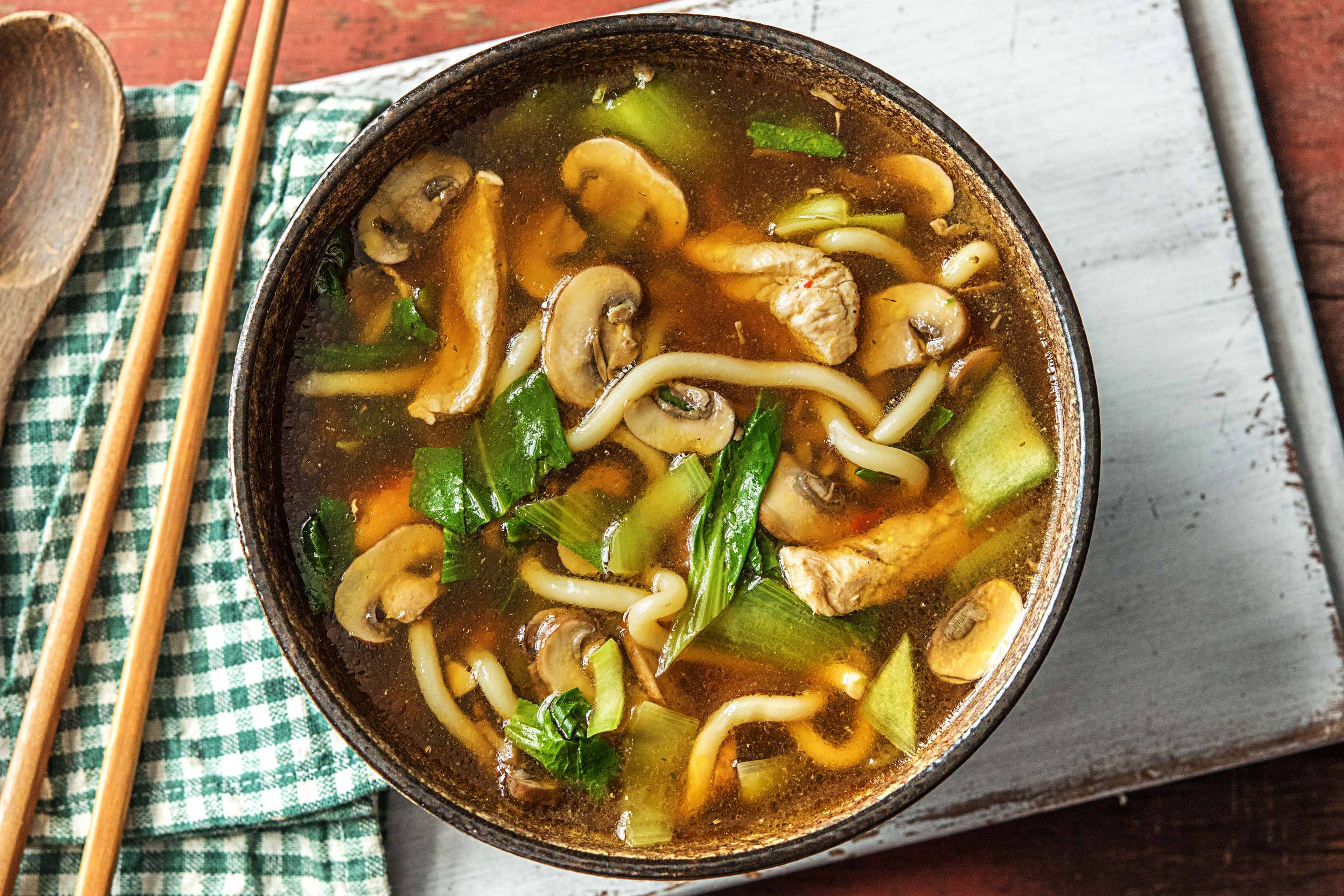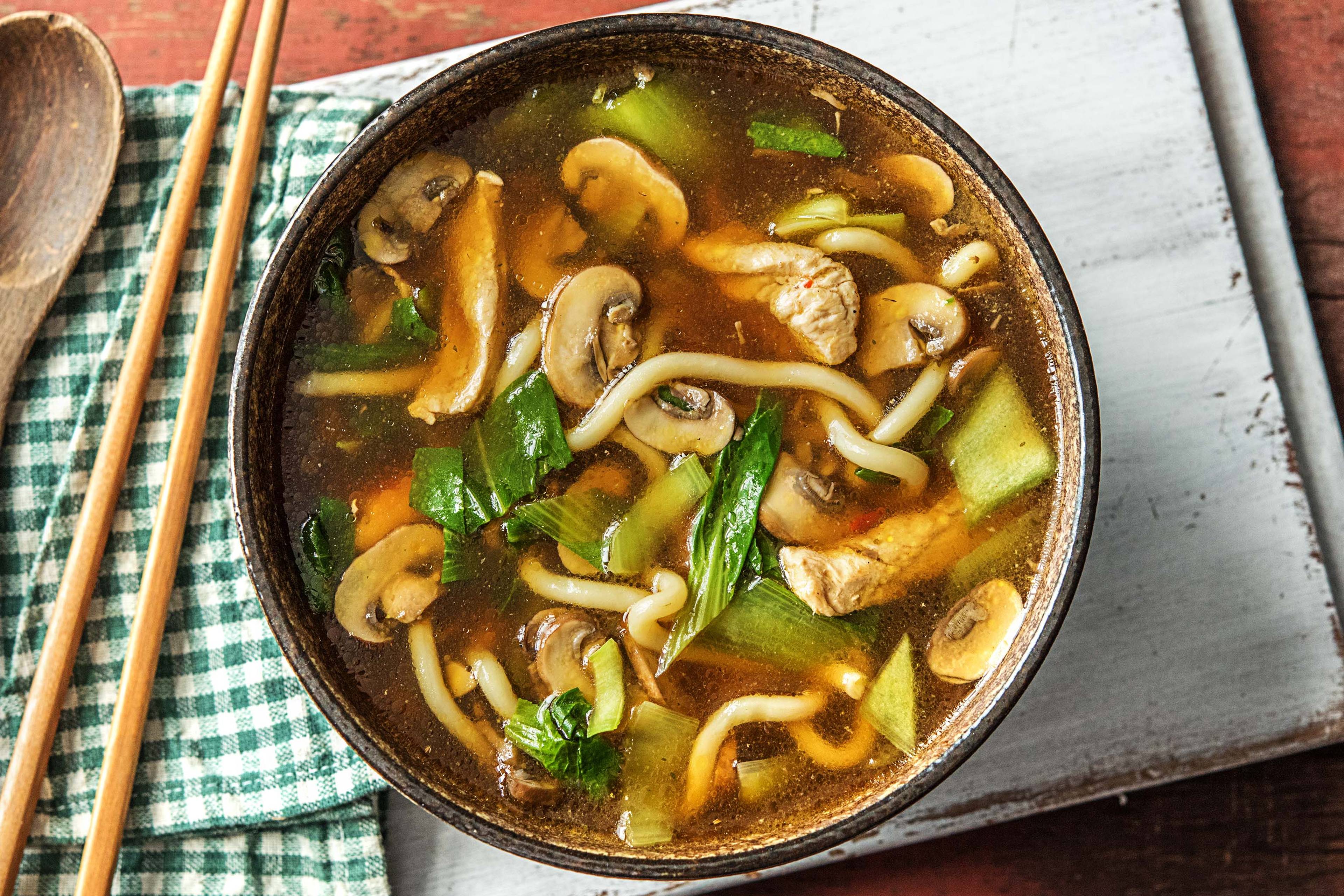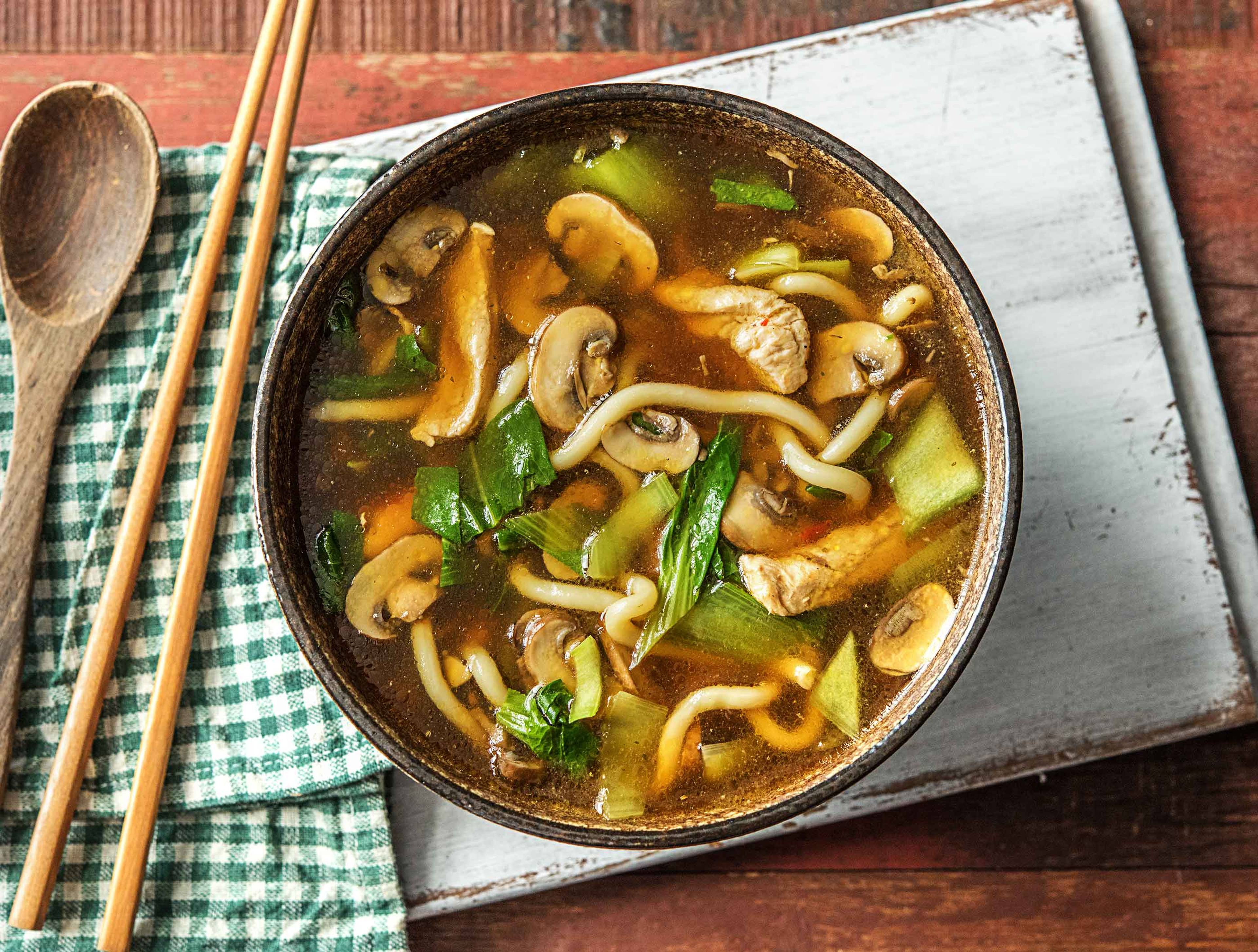Japanese soup recipes
Discover recipes for refined Japanese soup at HelloFresh, from miso soup and ramen to udon. Our recipes are easy to follow and contain fresh ingredients.
Best Japanese soup recipes from HelloFresh
Japanese soup recipes
Discover these Japanese soup recipes and be inspired by HelloFreshFurther Japanese soup recipes
Japanese ramen soup recipes
Discover these Japanese ramen soup recipes and be inspired by HelloFreshFurther Japanese ramen soup recipes
Japanese miso recipes
Discover these Japanese miso recipes and be inspired by HelloFreshFurther Japanese miso recipes
Japanese noodle soup recipes
Discover these Japanese noodle soup recipes and be inspired by HelloFreshFurther Japanese noodle soup recipes
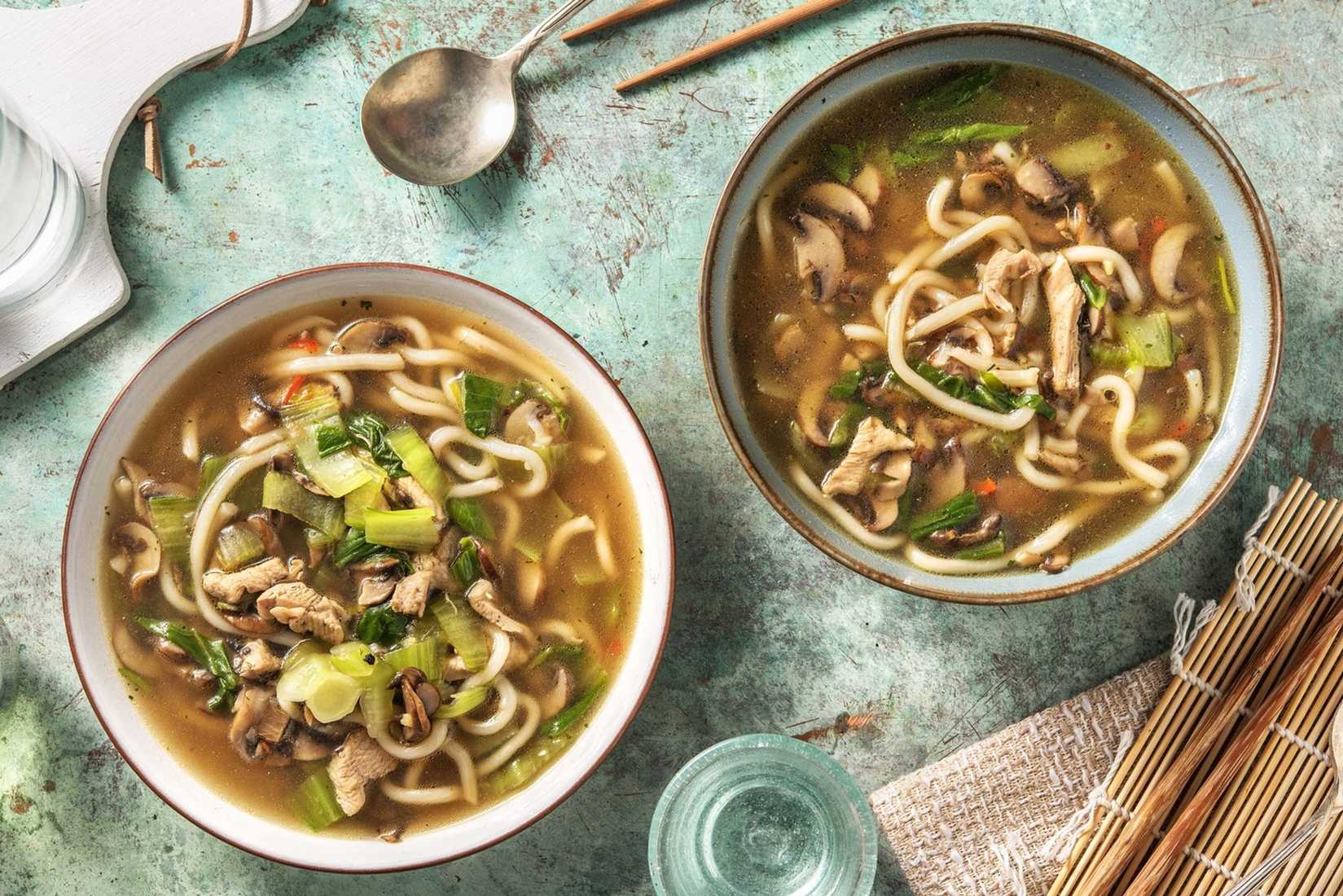
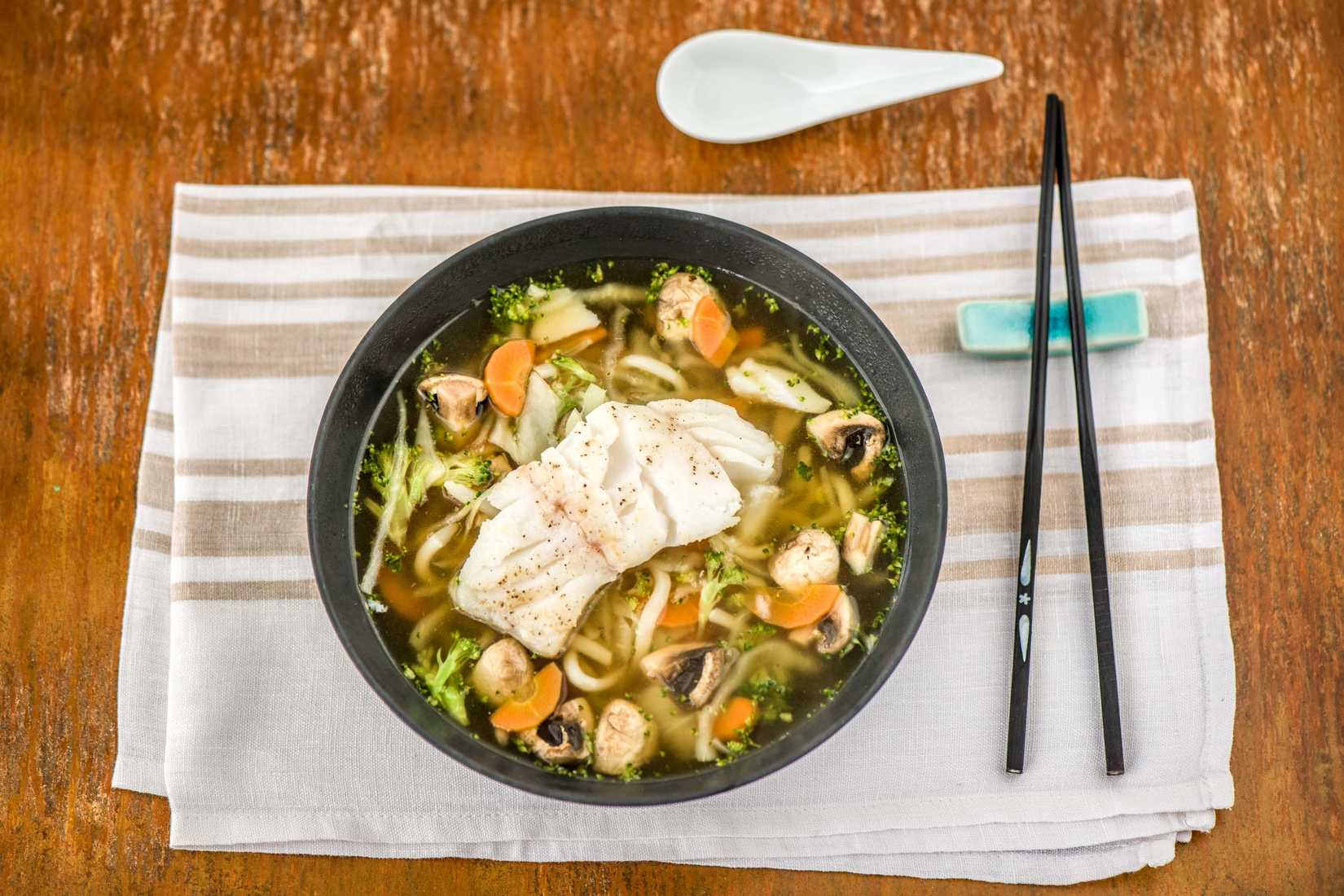
Frequently asked questions about Japanese soup recipes
Is Japanese ramen healthy?
Japanese ramen can be healthy, but it depends a lot on the ingredients and the method of preparation. Traditional ramen often contains a nutritious broth, fresh vegetables, and protein-rich additions such as eggs, tofu or chicken, making it a good source of nutrients. However, some varieties may be high in salt, fat or calories, especially if they are made with fatty broths or processed meats such as pork belly To make it healthier, homemade or carefully prepared ramen - such as HelloFresh recipes - can be adjusted, for example by reducing the amount of salt and adding more vegetables.
What noodles are used for ramen?
Ramen uses traditional fresh, alkaline noodles known as 'ramen noodles'. These noodles are made with wheat flour, water, salt and a special ingredient called kansui: alkaline mineral water that contains the. gives noodles their characteristic springy texture and light yellow color. Ramen noodles come in different thicknesses and shapes, ranging from thin and straight to thick and curly, and the choice often depends on the type of ramen you're making, such as shoyu ramen (soy sauce), miso ramen, or tonkotsu ramen . If fresh ramen noodles are hard to find, you can use dried ramen noodles.
How do Japanese people eat noodles?
Japanese people eat noodles with chopsticks, and often slurp the noodles loudly, which in Japan is considered a sign of appreciation for the dish. Slurping also helps to get the noodles and hot broth in at the same time, which enhances the tasting experience. When eating noodles such as ramen, soba or udon, Japanese people bring the noodles to their mouth with their chopsticks and then slurp them down. It is common to drink the broth or sauce straight from the bowl at the end, especially with soup dishes such as ramen. So slurping is not considered rude in Japan, but rather as a way to enjoy the food.


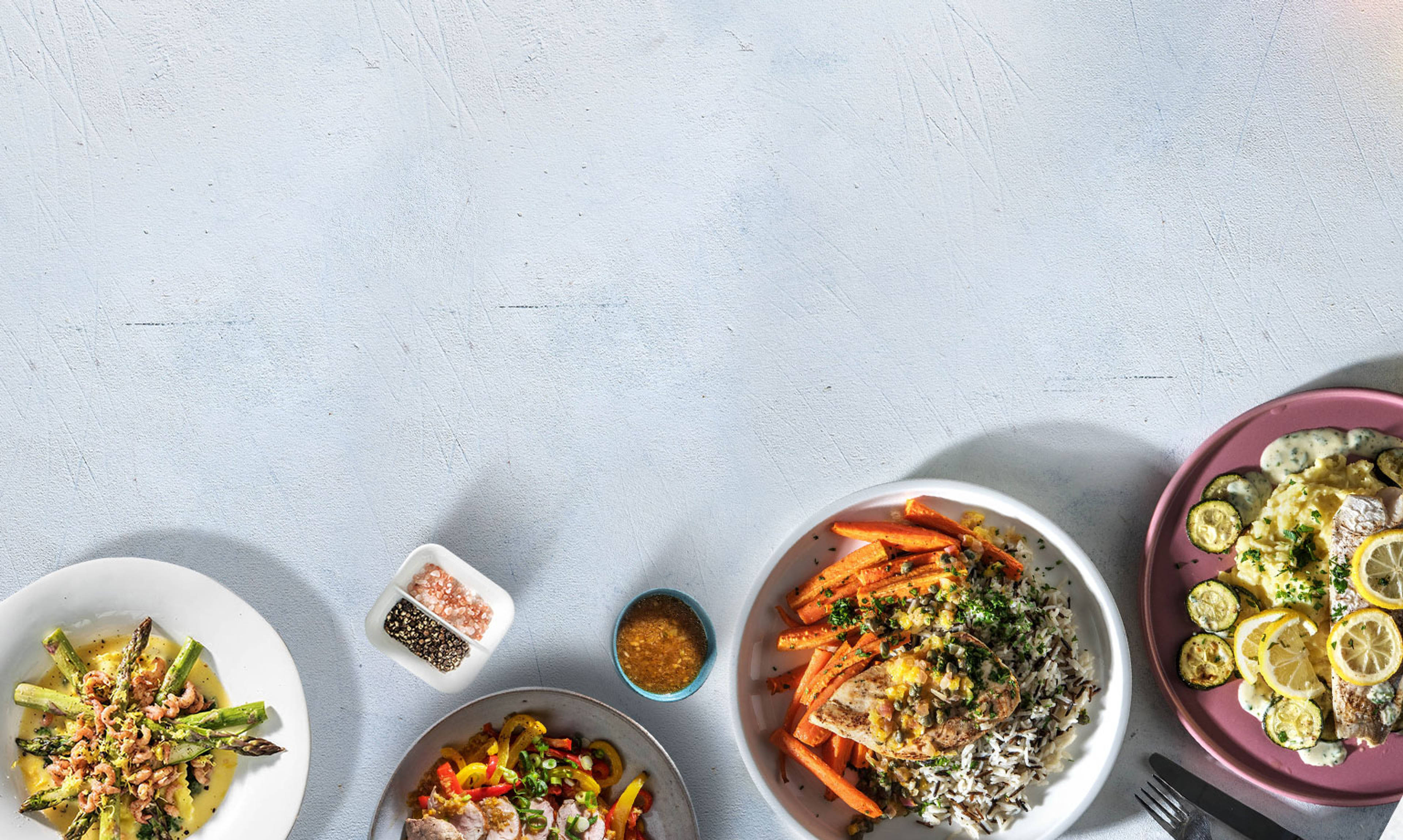
Recipes that you cook with love!
Receive inspiring recipes and all fresh ingredients every week
